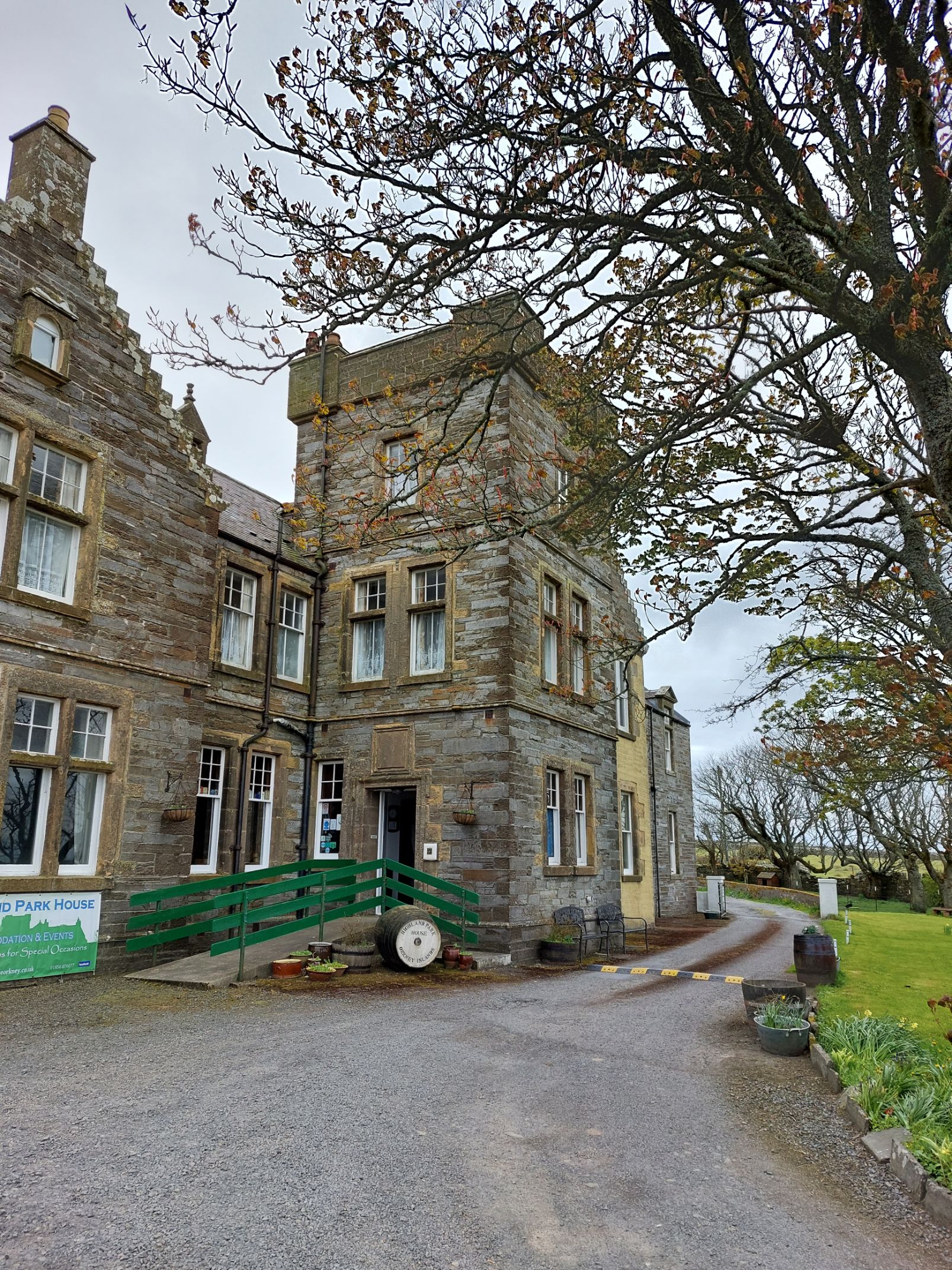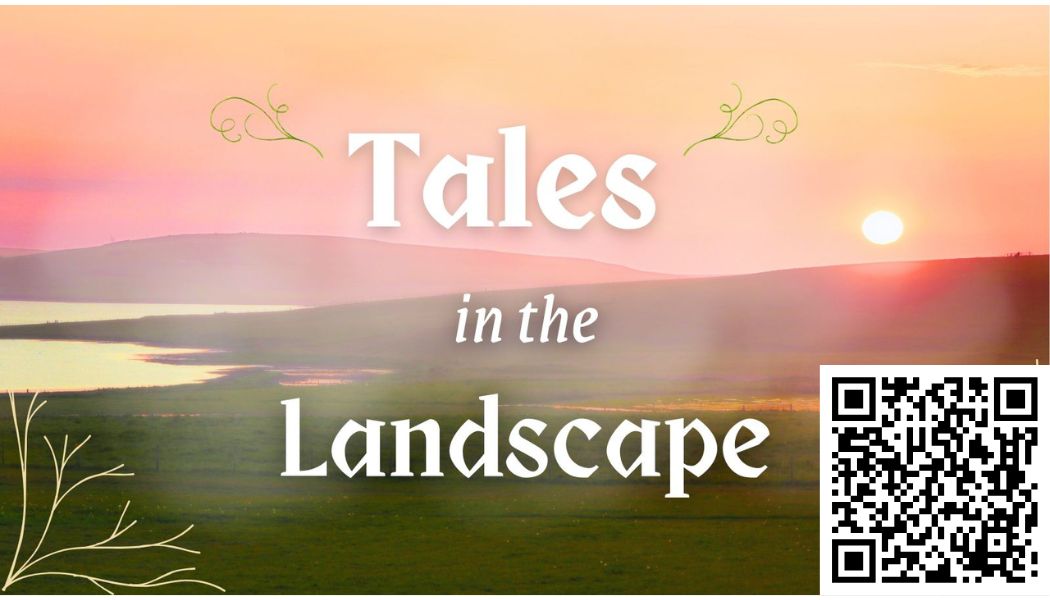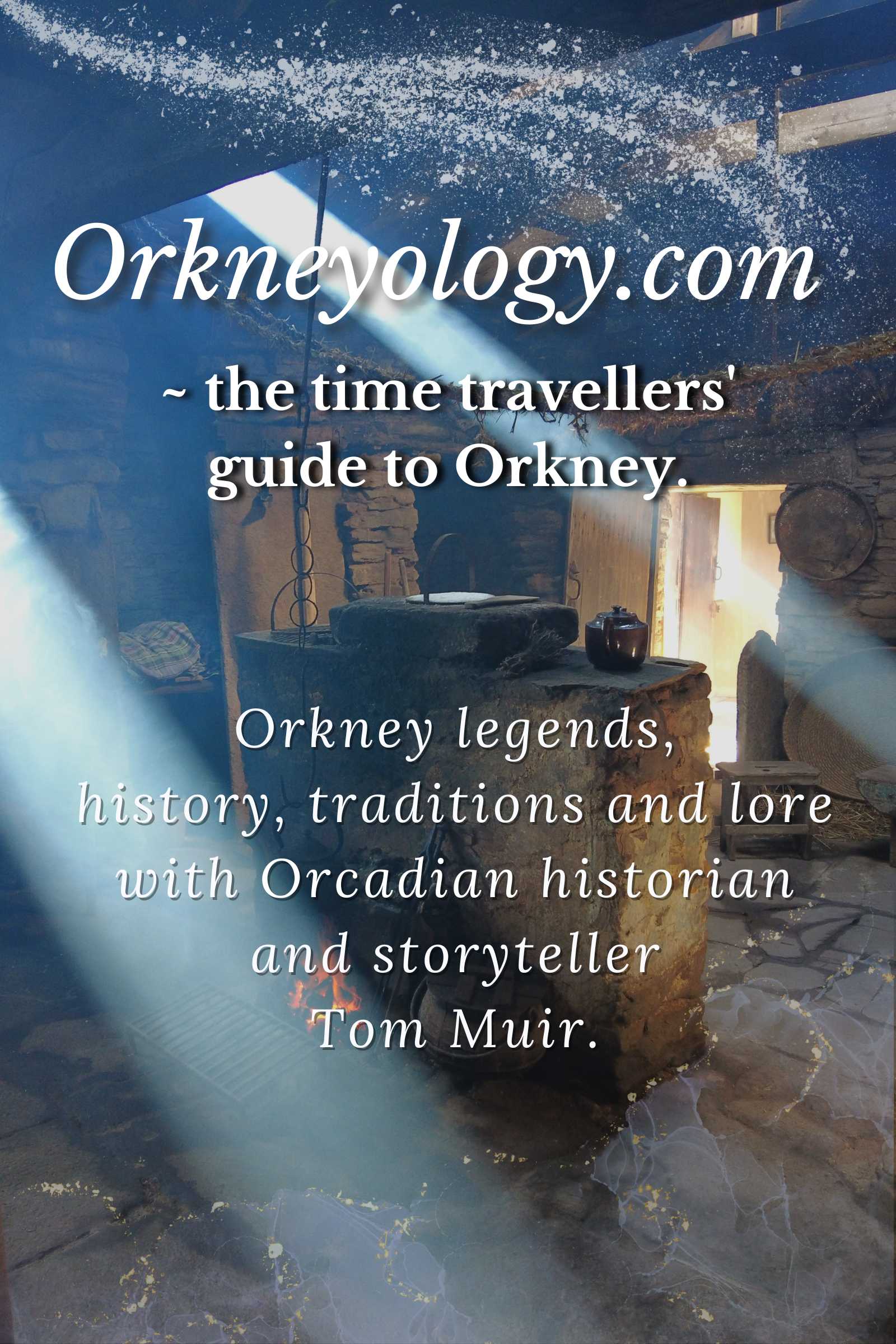Orkney Tips From Local Experts
~ Meet Antony Hodgson & Áine King ~
Highland Park House
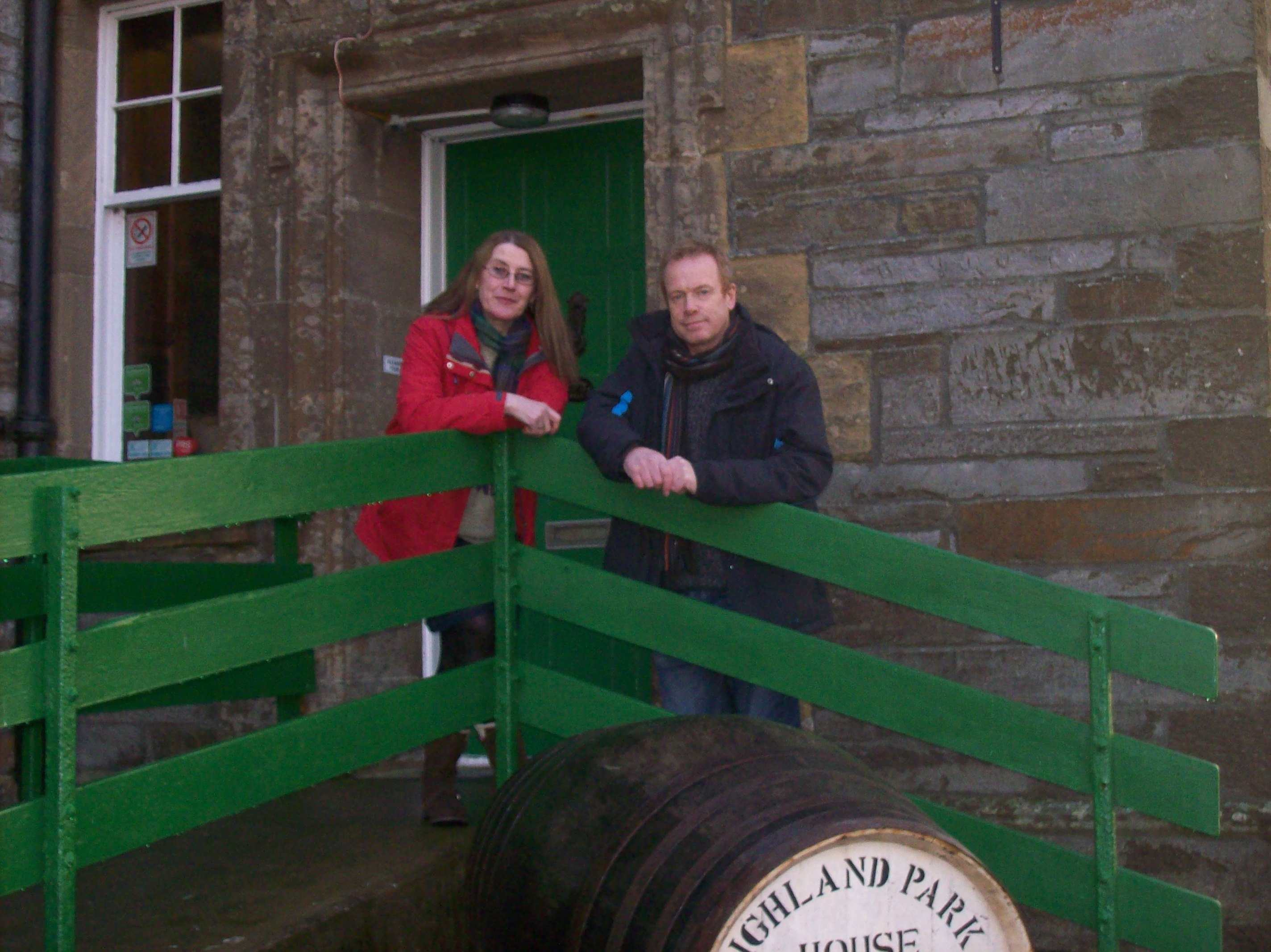
We're delighted to introduce our readers to our dear friends, Áine and Antony. We've spent many happy hours enjoying their company, their incredible talents and their gracious hospitality.
We're so glad they're here in Orkney. Since the original writing, the couple have begun a new adventure and passed Highland Park House into other hands. Happily, they still live in Orkney.
Here's Antony telling a bit of their Orkney story. Our grateful thanks to them both for sharing it with us.

Antony's story
I’ve now lived and worked in Orkney for nearly eight years. It’s
been a rollercoaster ride of excitement, discovery and occasional
frustration.
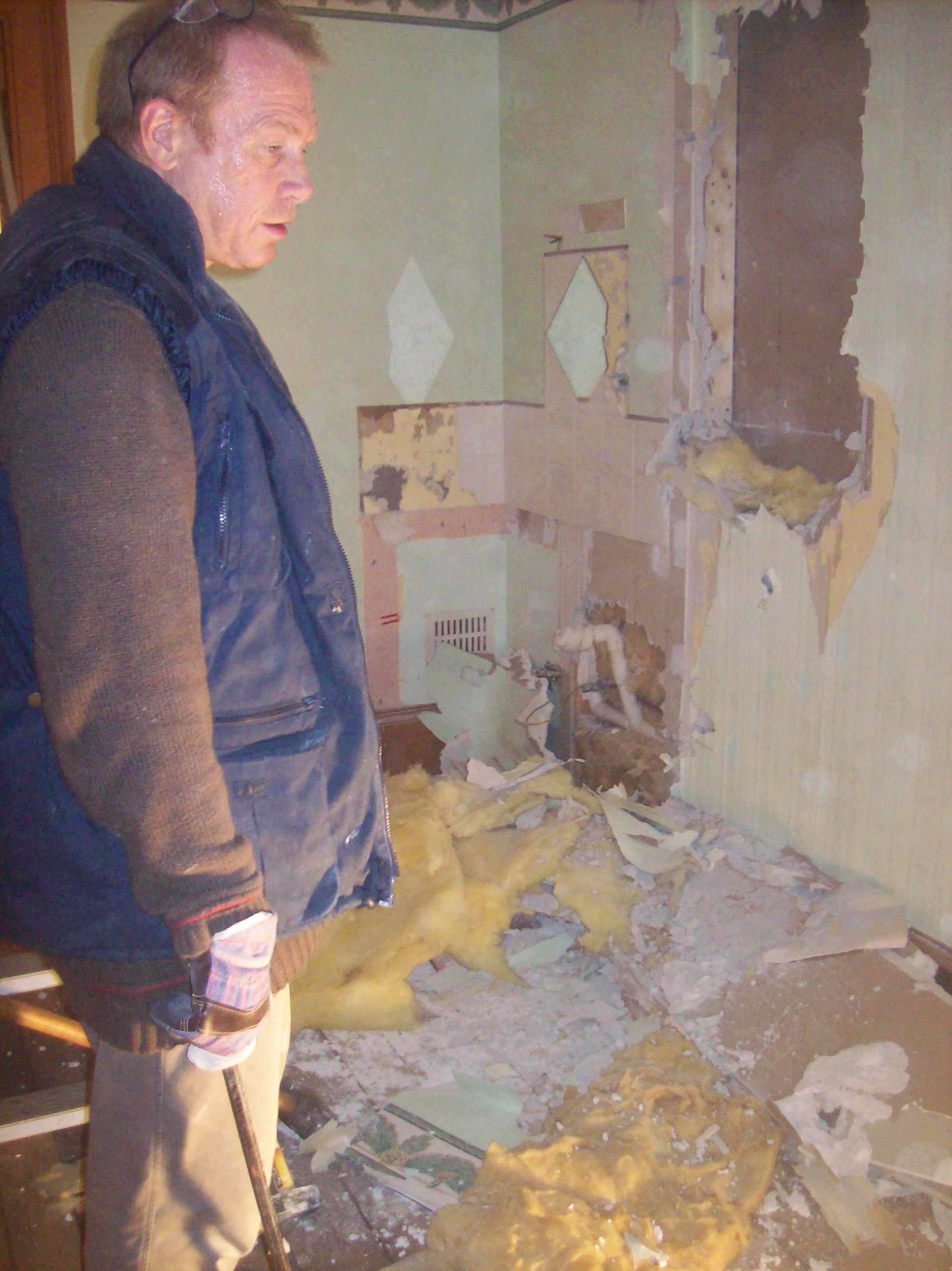
The ride isn’t over yet.
Like many islanders, I now find myself wearing many hats, as a bed and breakfast proprietor, college lecturer, tourist guide, artist, musician and still, despite my best efforts to escape, a teacher.
The plan was a simple enough one. My wife and I, both long serving teachers in Sussex, decided that it was time for a big change in our lives.
Áine and I figured that we could sell our family home in Brighton and set up respectively as Drama and Art tutors offering bed and breakfast with residential courses.
Orkney wasn’t actually our first choice of location and to be honest, we knew precious little about the place. However, chance and circumstance led us here and this is where we have stayed.
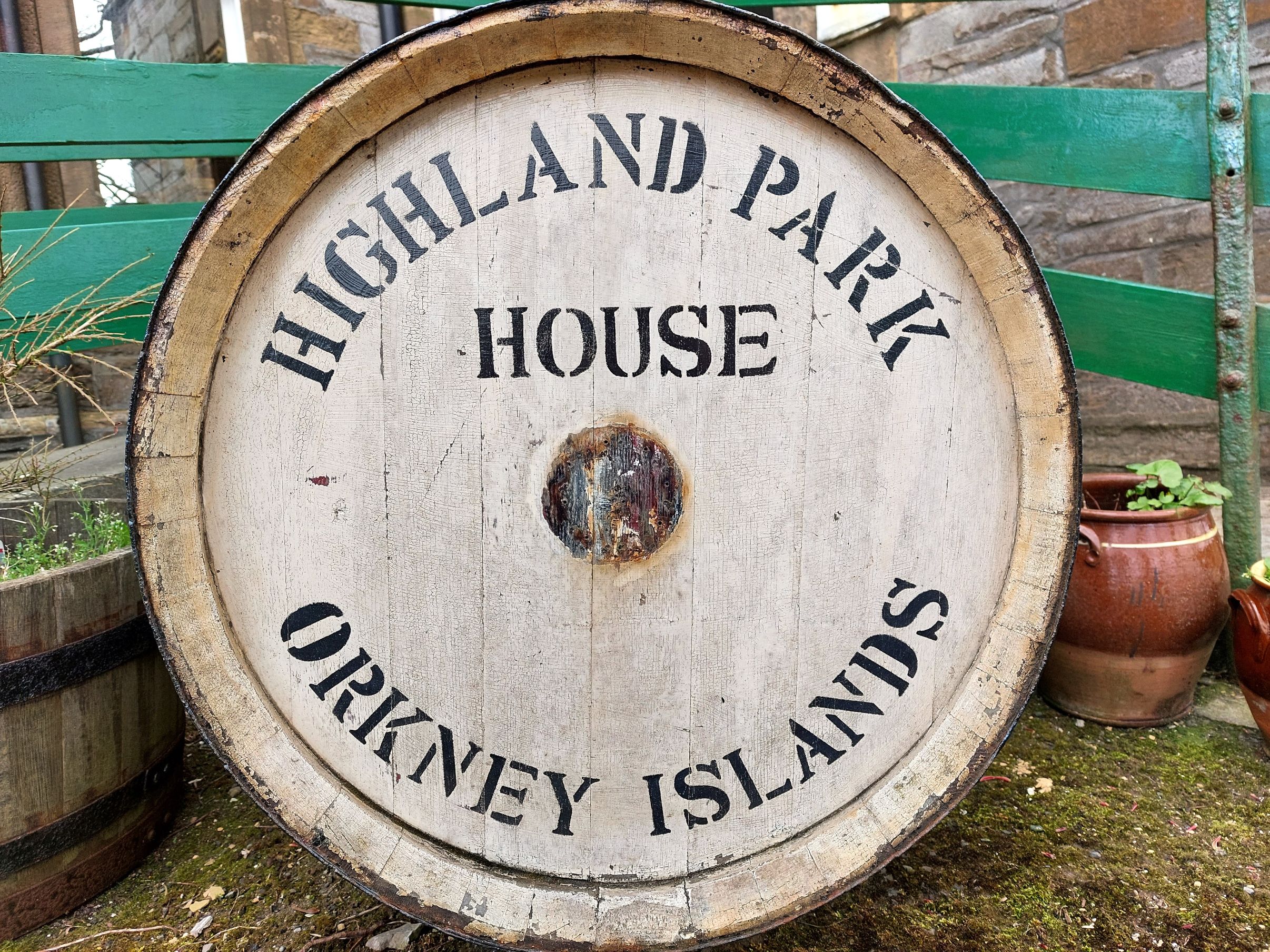
In an act of bravery or folly depending on your perspective, we took on a massive but somewhat unloved mansion on the edge of Kirkwall.
This gothic pile was called Highland Park House and overlooked the famous whisky distillery of the same name. It was built by James Grant, who was the distillery owner in the late 19th Century and he was clearly out to impress.
The imposing building sits on a hill and is visible from many parts of the town and surrounding countryside – it has a distinctive outline, complete with crenellated tower and crowstepped gable ends.
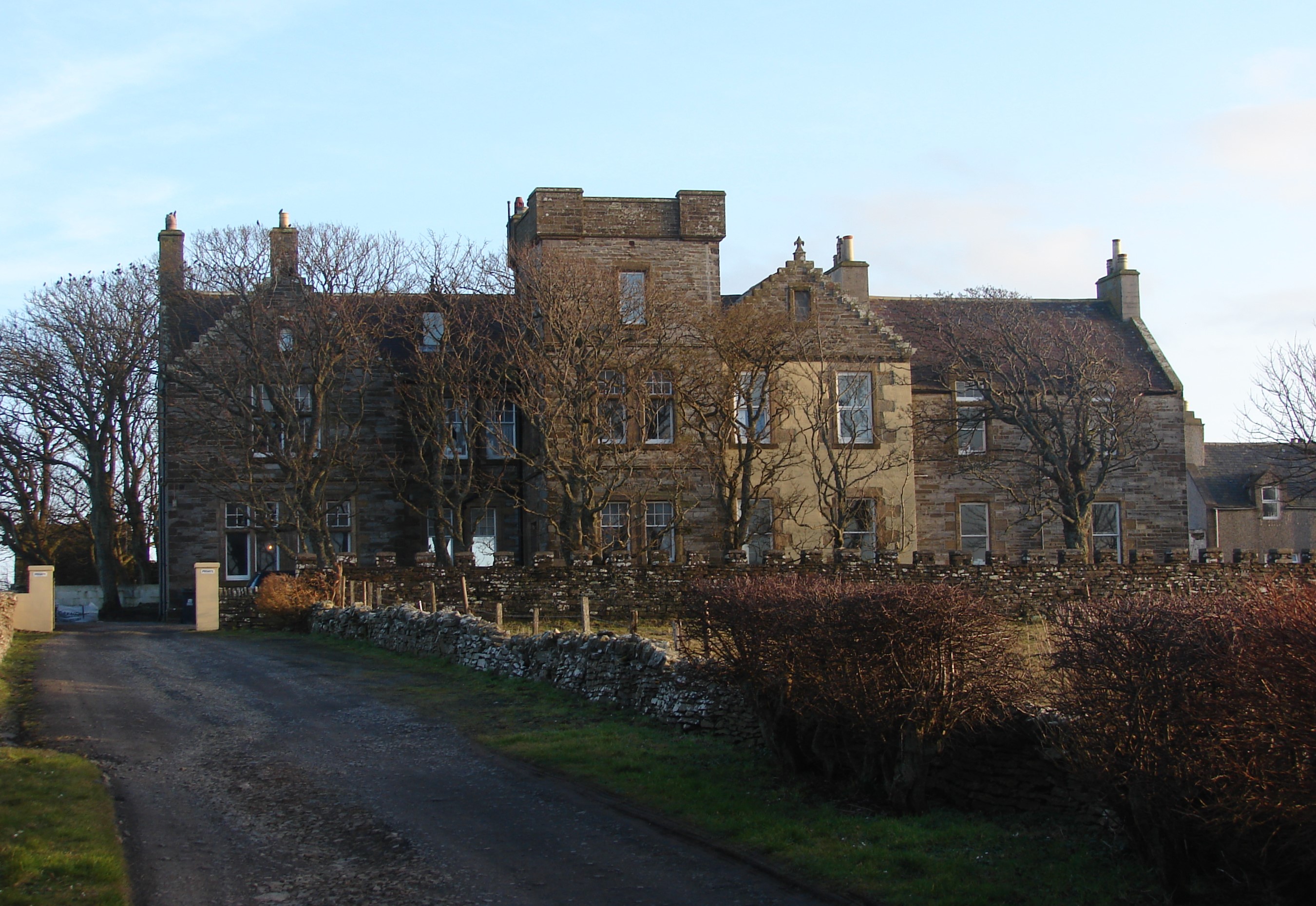
Unfortunately, its glory days as the home of a whisky baron were long past when we took possession, being a closed care home with a very institutional interior of failing plumbing and strip lights. (Think about those abandoned asylums much loved by photographers of urban archaeology and you will get the idea).
We had a matter of months to make the building not just habitable, but fit for guests before our funds ran out.
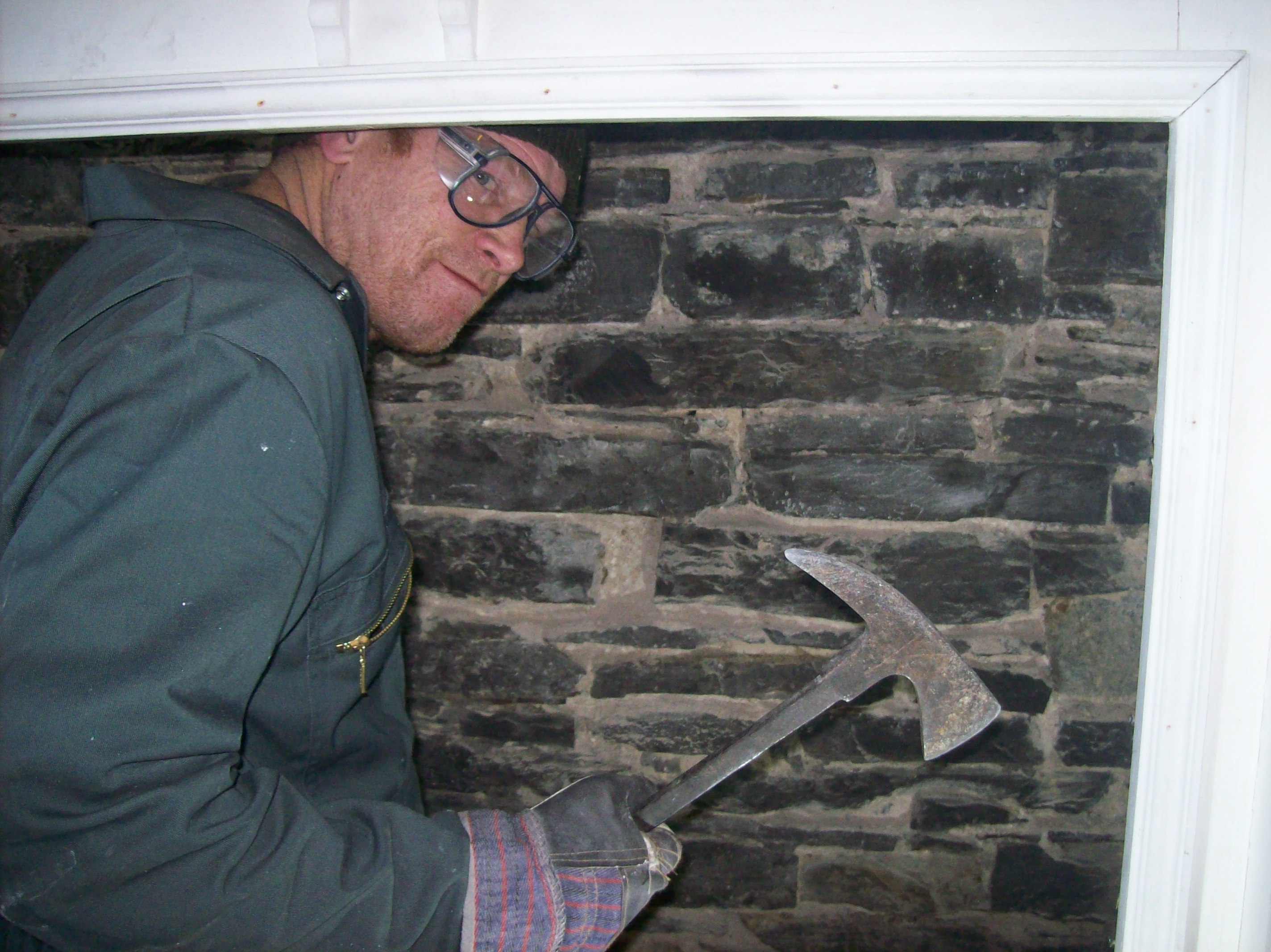
Like all good building projects, we massively underestimated the amount of work and money needed.
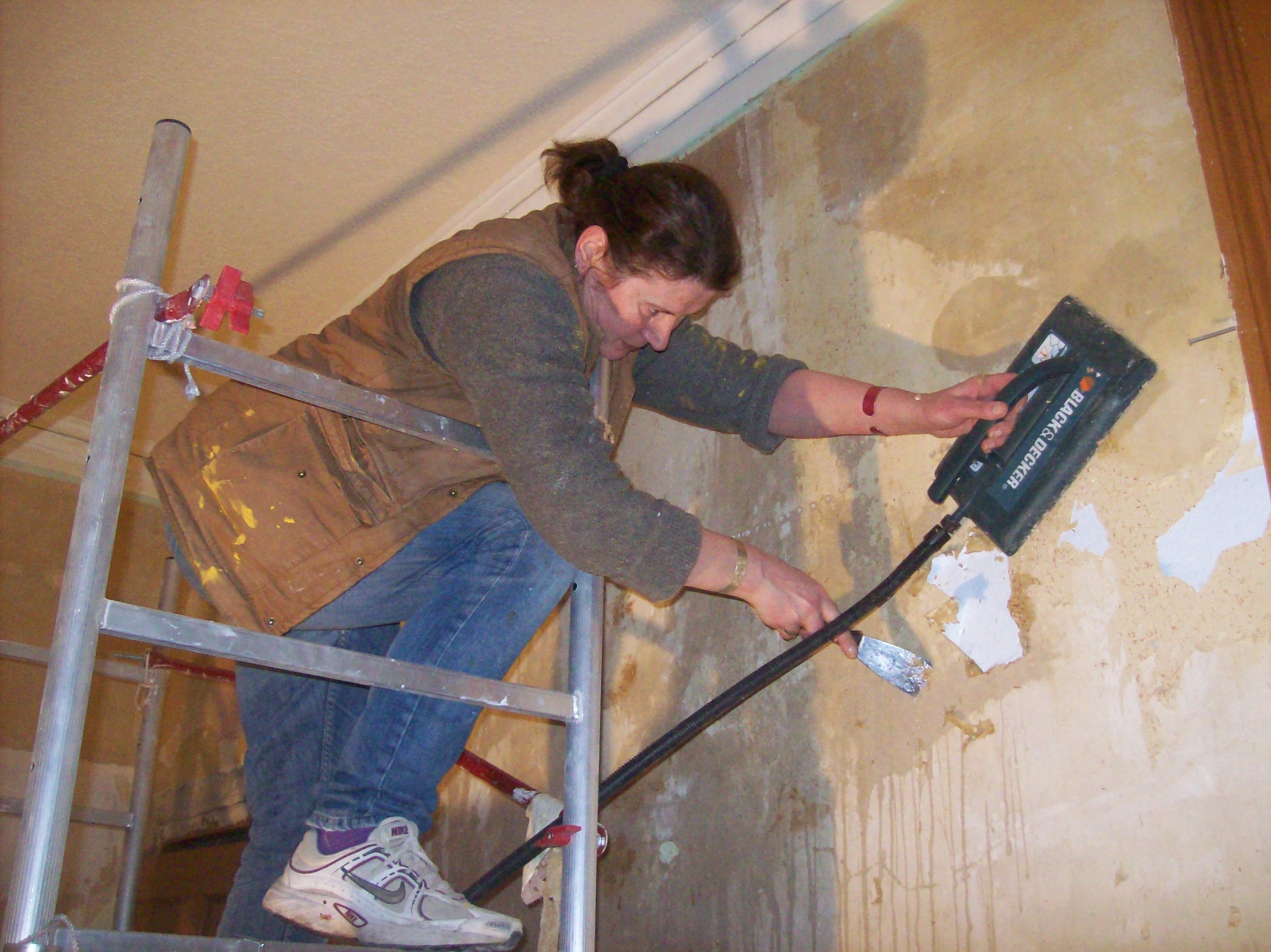
Our time in terraced houses had not prepared us for the “surprises” that this building, the size of a ship, could throw at us.
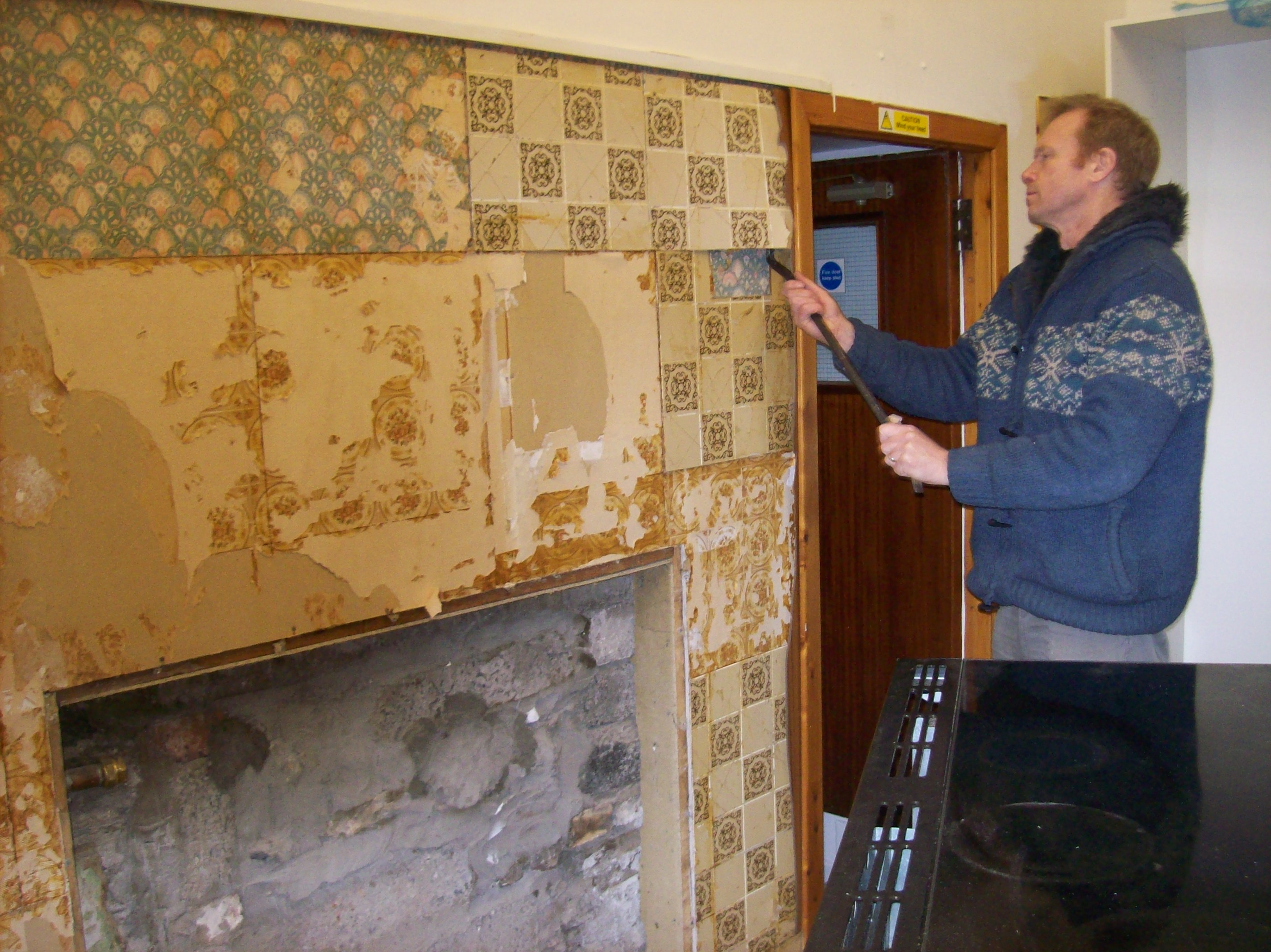
It was hard going at first and we really thought we might have bitten more than we could chew.
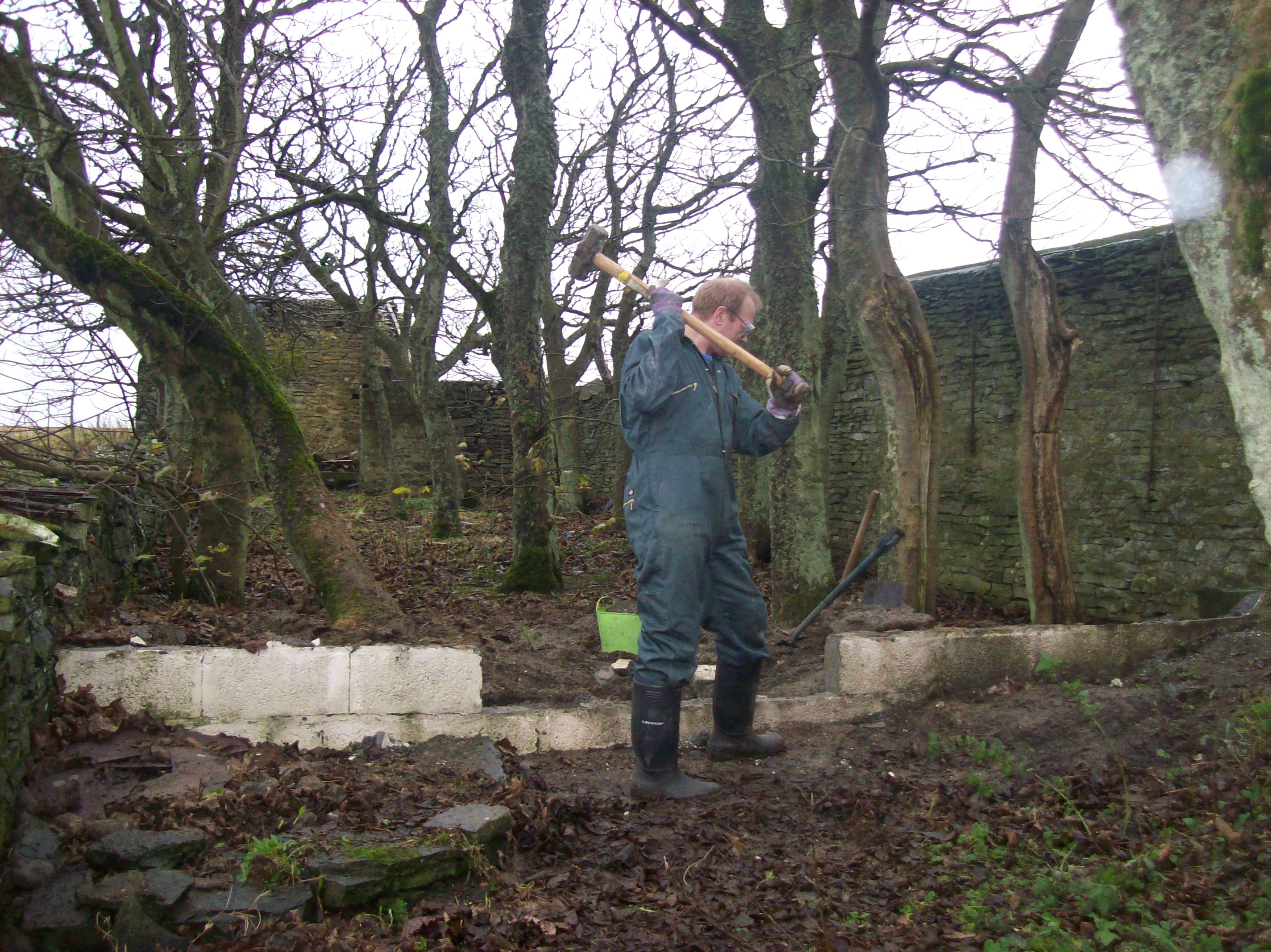
The weather during that first winter was harsh, and we wore outdoor clothes inside the huge draughty house until we could make serious modifications to the heating system.
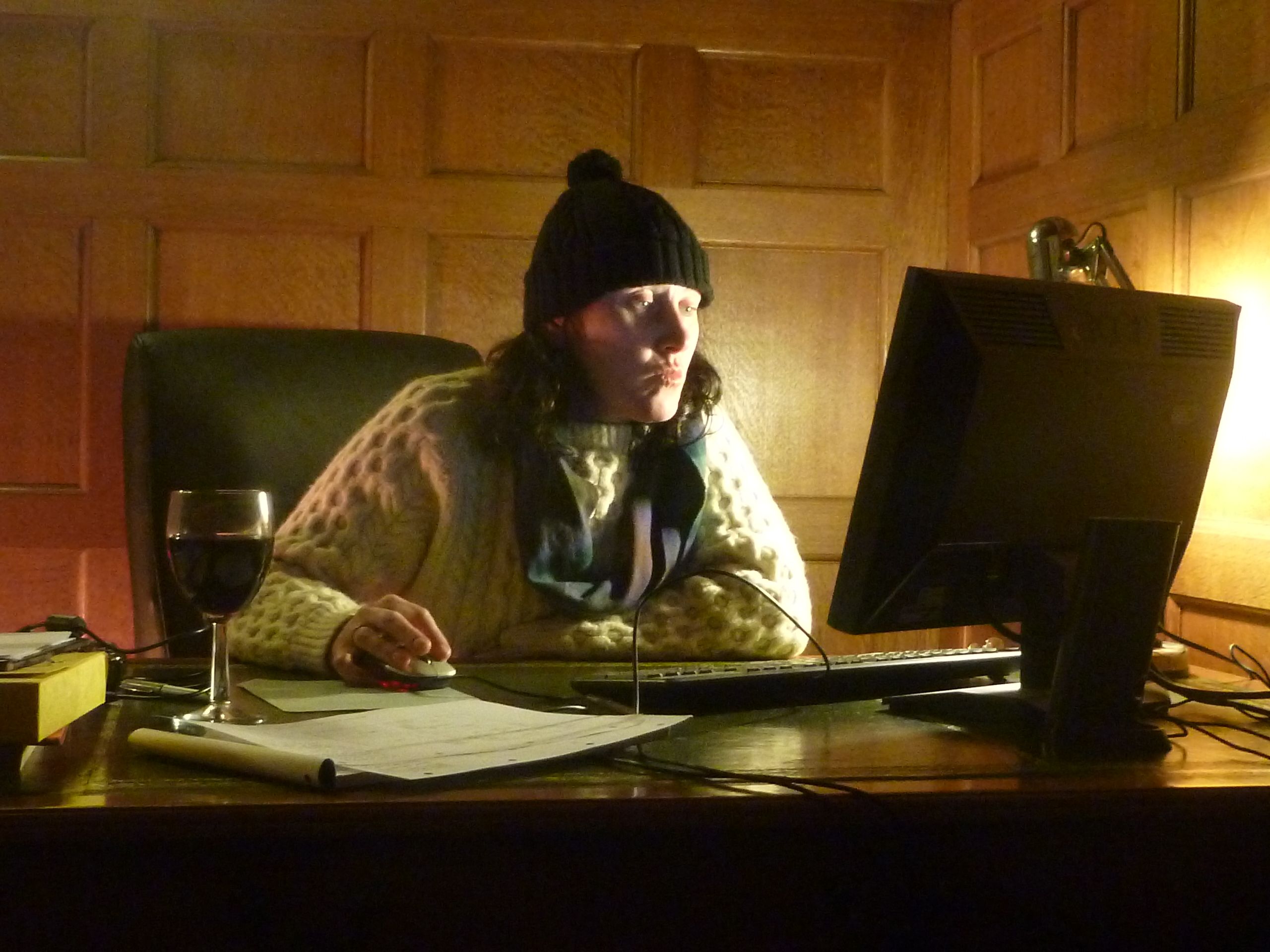
I could (and possibly will) write a whole book about the difficulties and setbacks we faced over the following months, but it’s enough to say that we managed it.
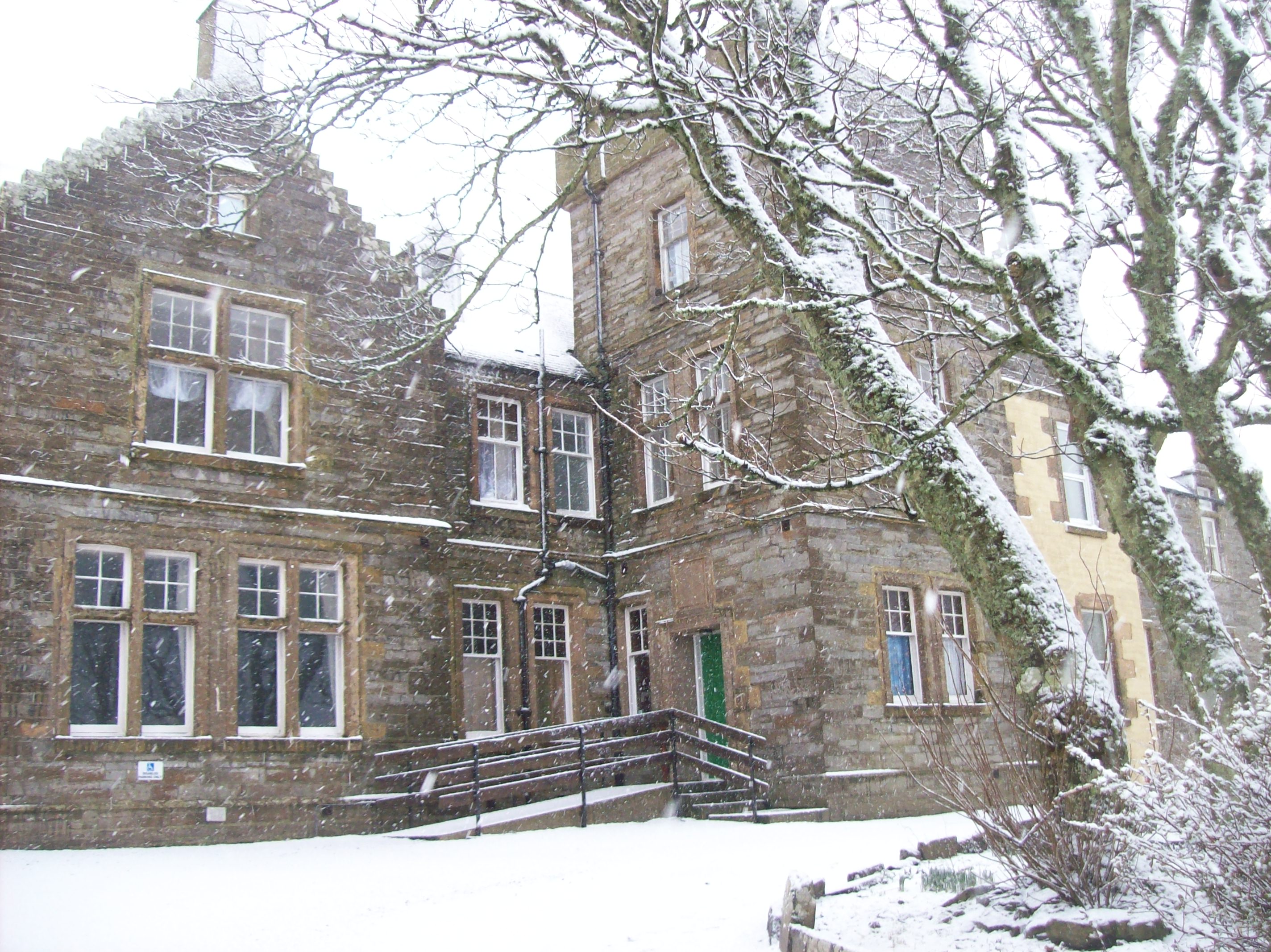
With the help of a few brilliant tradespeople and friends, we got enough of the building into a fit state to receive our first guests seven months later.
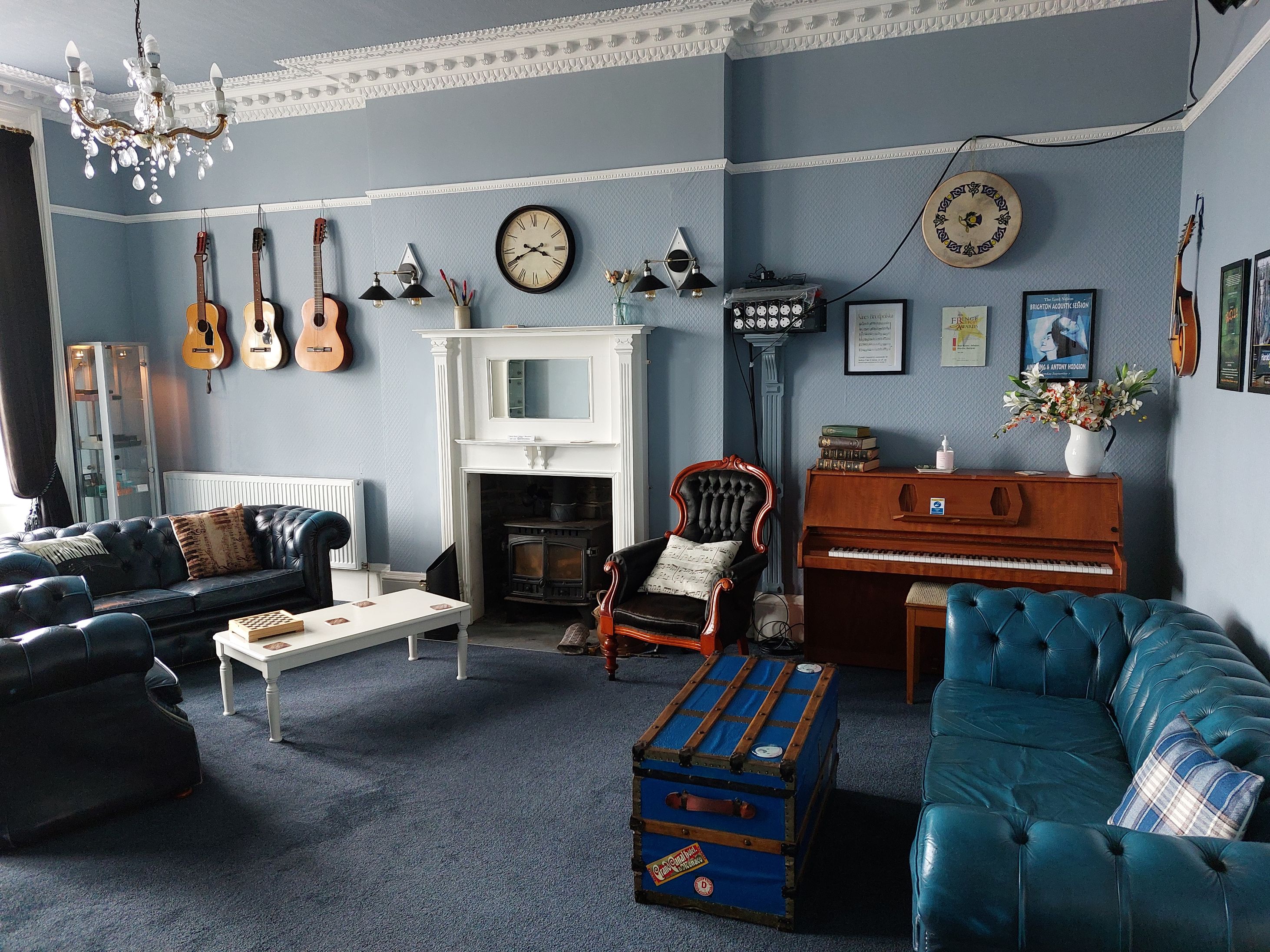
The business has done well; we were soon booked to capacity and we have continued to improve and develop the building.
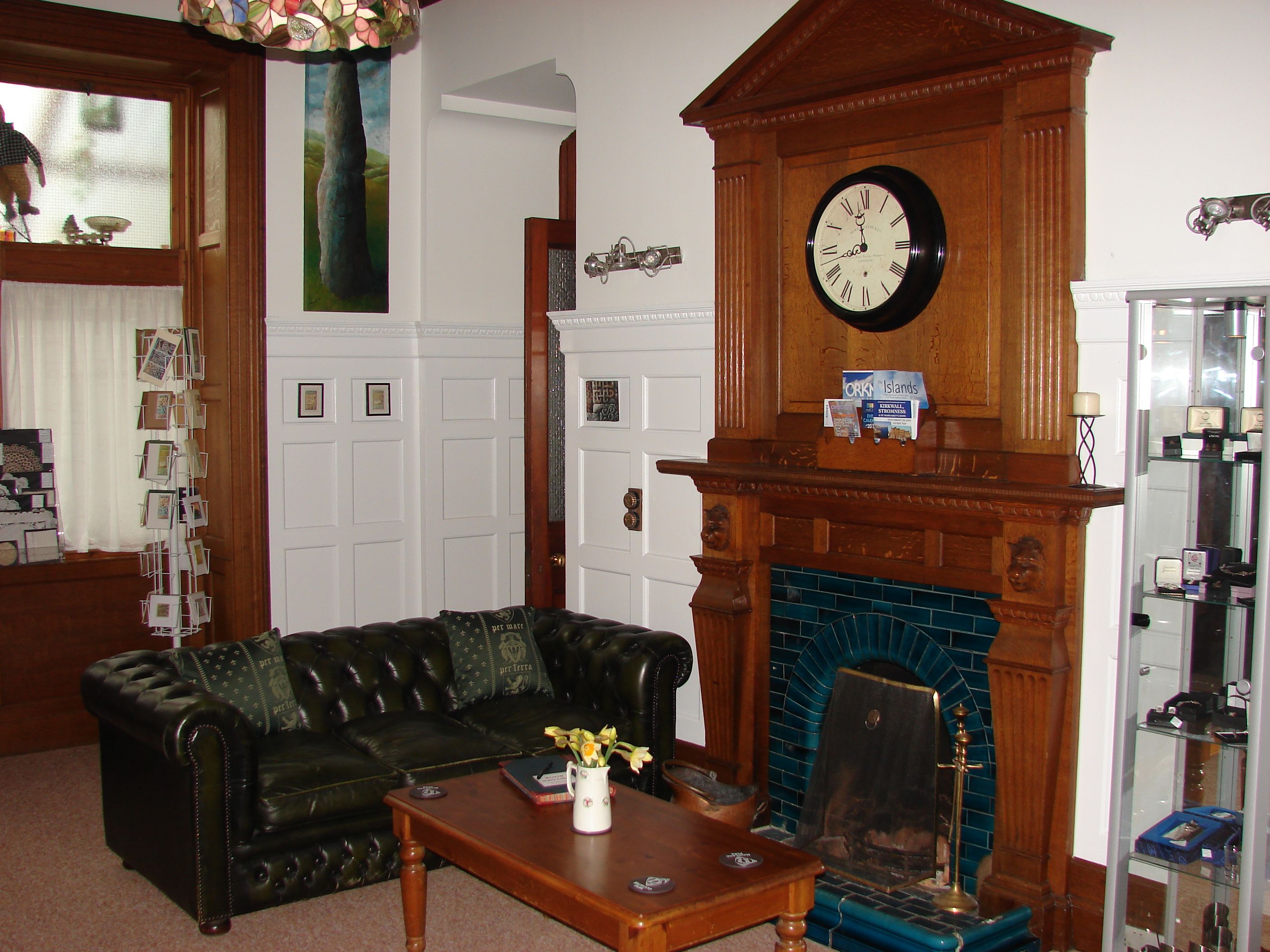
It seems that visitors really appreciate the period feel that we have restored to the building.
Áine has scoured EBay, antique shops and private sales seeking out fabulous art nouveau light fittings and interesting furnishings (Alec Harding at the Orkney Antiques Centre – step forward and take a bow).
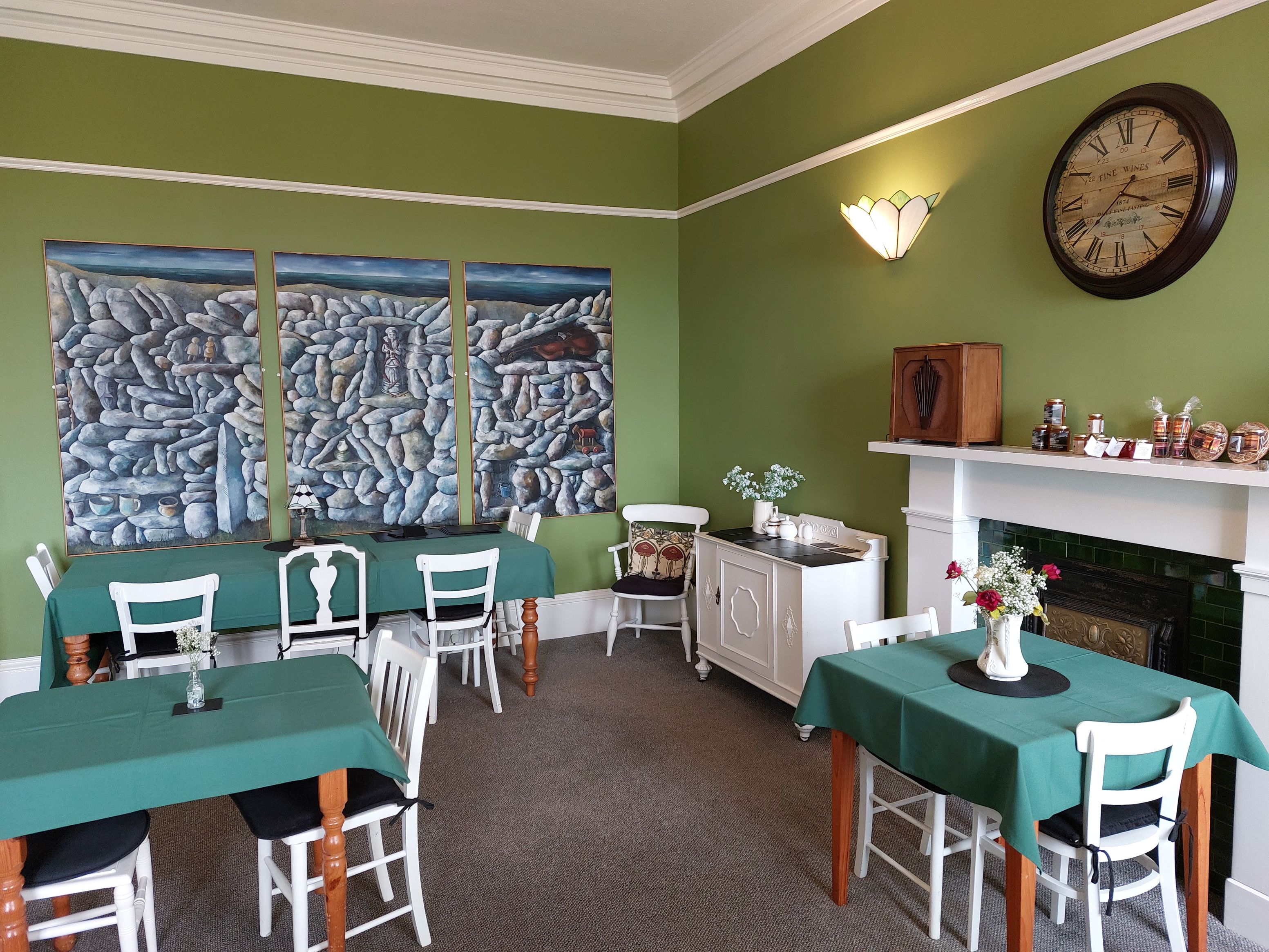
I have swapped out virtually every light fitting in the place and between us, we have painted just about every inch.
I know I’m biased, but I think the interior looks pretty amazing considering the unpromising mishmash we inherited.
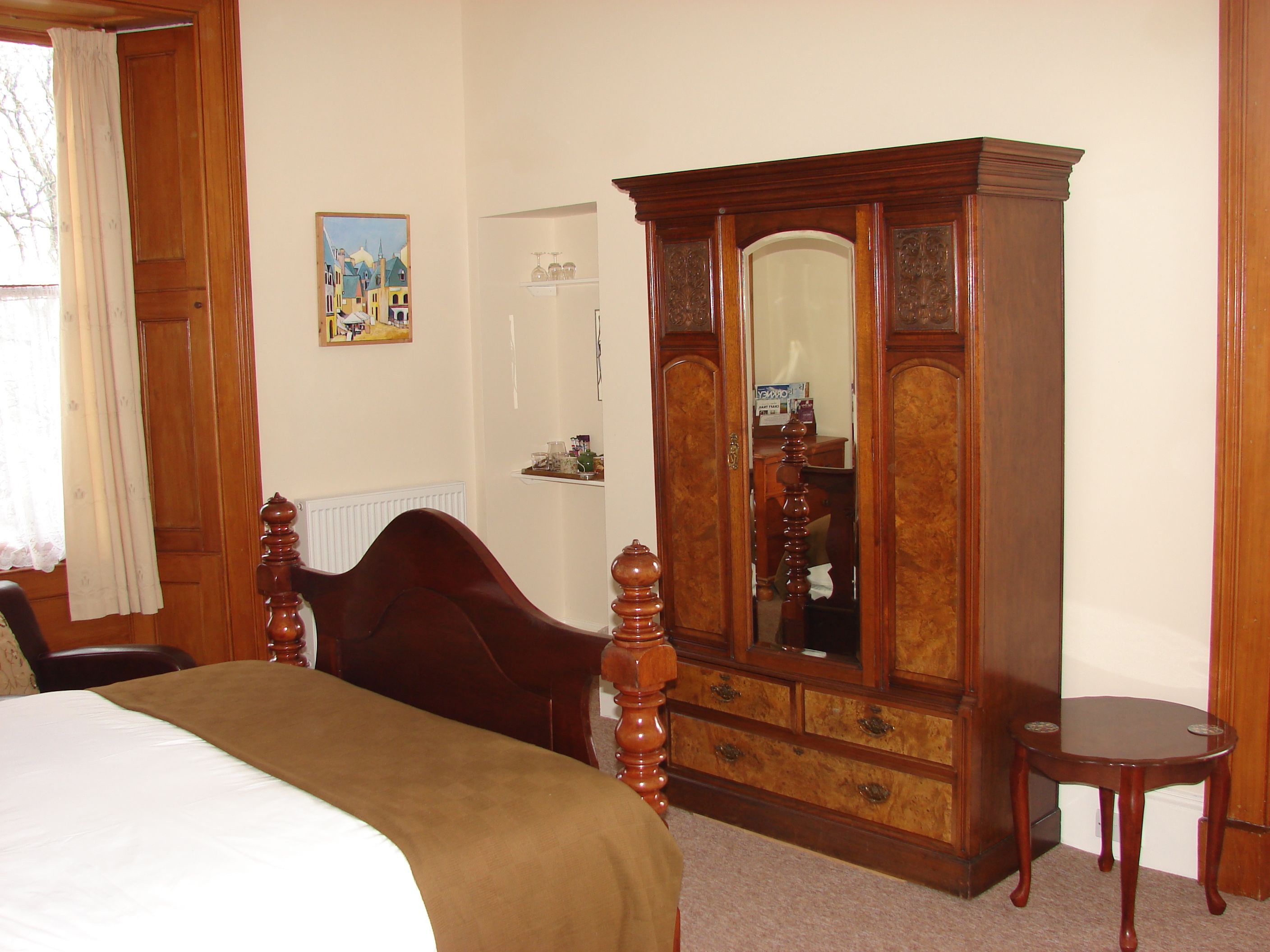
We even managed to get featured on
a TV programme about creating/renovating unusual buildings into bed
and breakfasts. You can watch us smashing down walls with hammers and
generally getting stuck in, albeit inexpertly at times.
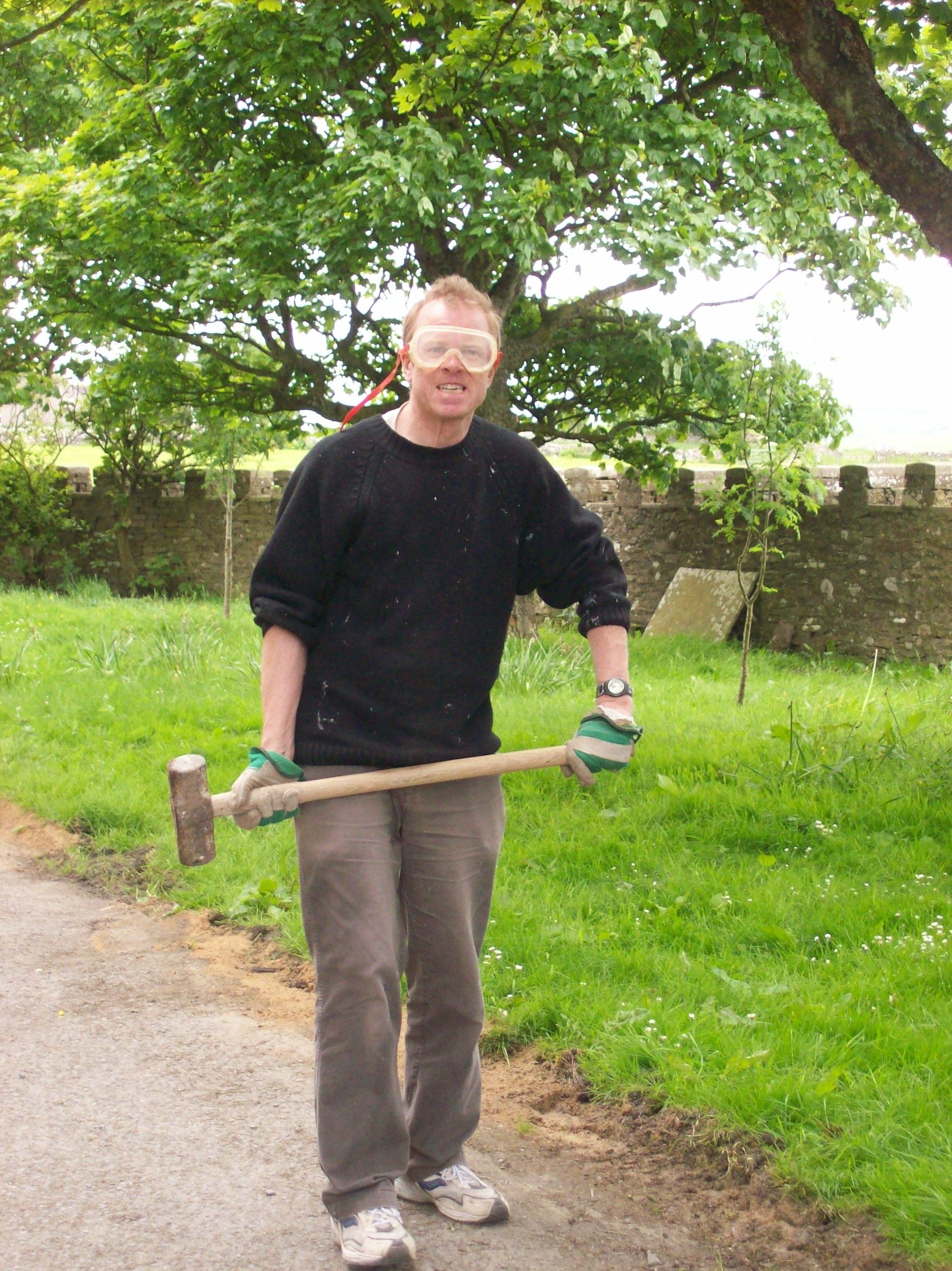
In order to fund the massively over budget works needed, I started supply teaching in Orkney and discovered very quickly that teaching here was a much pleasanter experience than I was used to.
I began to wonder why we hadn’t made the move decades earlier.
Our son Gerry settled easily into the nearby primary school and he has since progressed to Kirkwall Grammar School.
It is worth mentioning that nearly all Orkney schools are either in brand new or recently refurbished buildings.
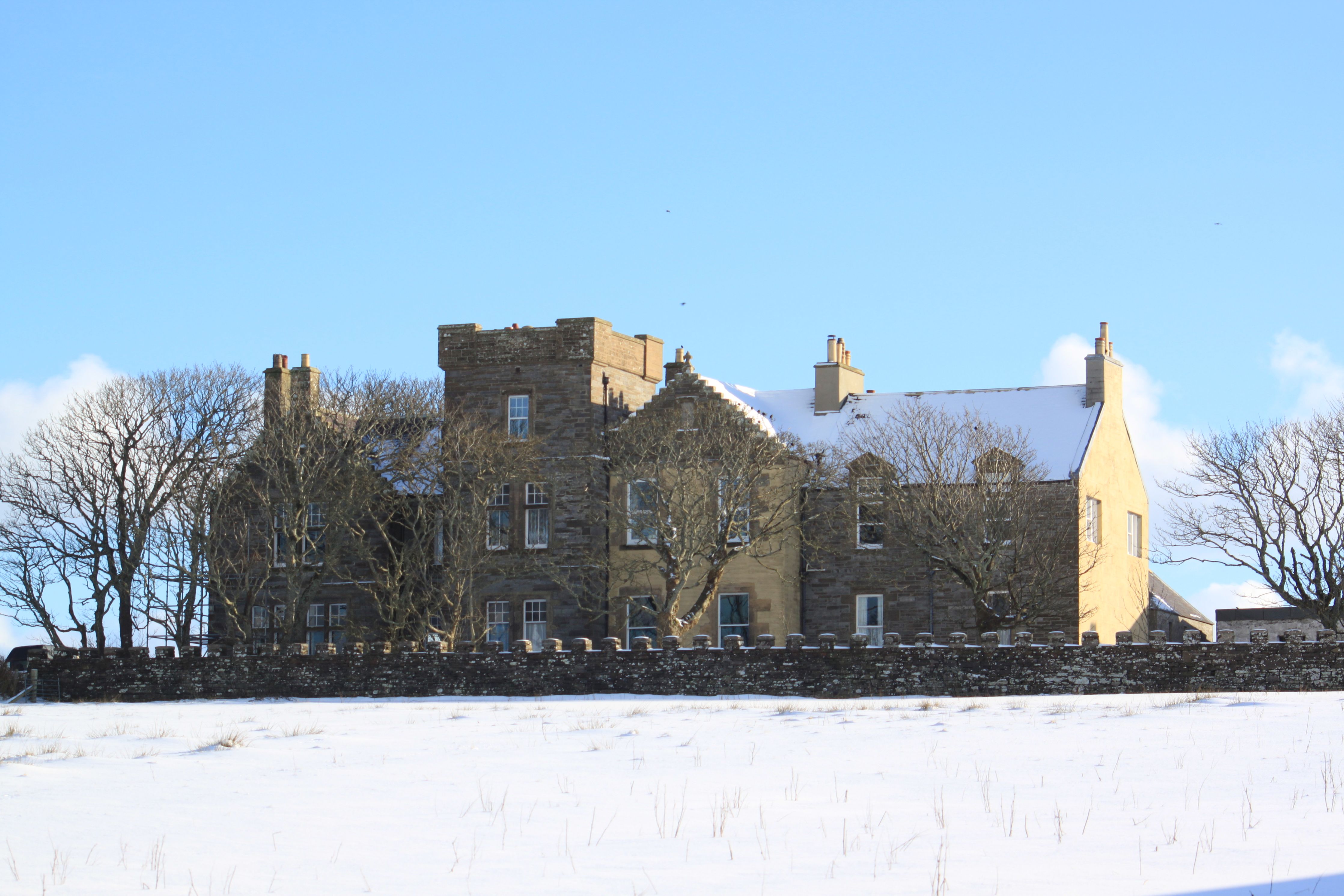
While we are still talking about teaching, I too progressed – eventually joining the Itinerant Expressive Arts Team and the Art department at Orkney College.
Some of this work has involved visiting small schools dotted across the islands and yes – commuting by ferry and light aircraft.
Many mornings, riding in the tiny Islander ‘plane, I looked at the sea boiling below me as we lurched down towards a short gravel airstrip, reflecting on the fact that a couple of years previously I would have been sitting in a traffic jam in the South of England.
I have been fascinated by flying and aeroplanes since I was a child, so this really was an unexpected dream come true.
While the building work progressed, we also made time to get out and explore the islands as much as possible. After all, we needed to be able to take our guests to places and give them advice on how to best enjoy their time in Orkney.
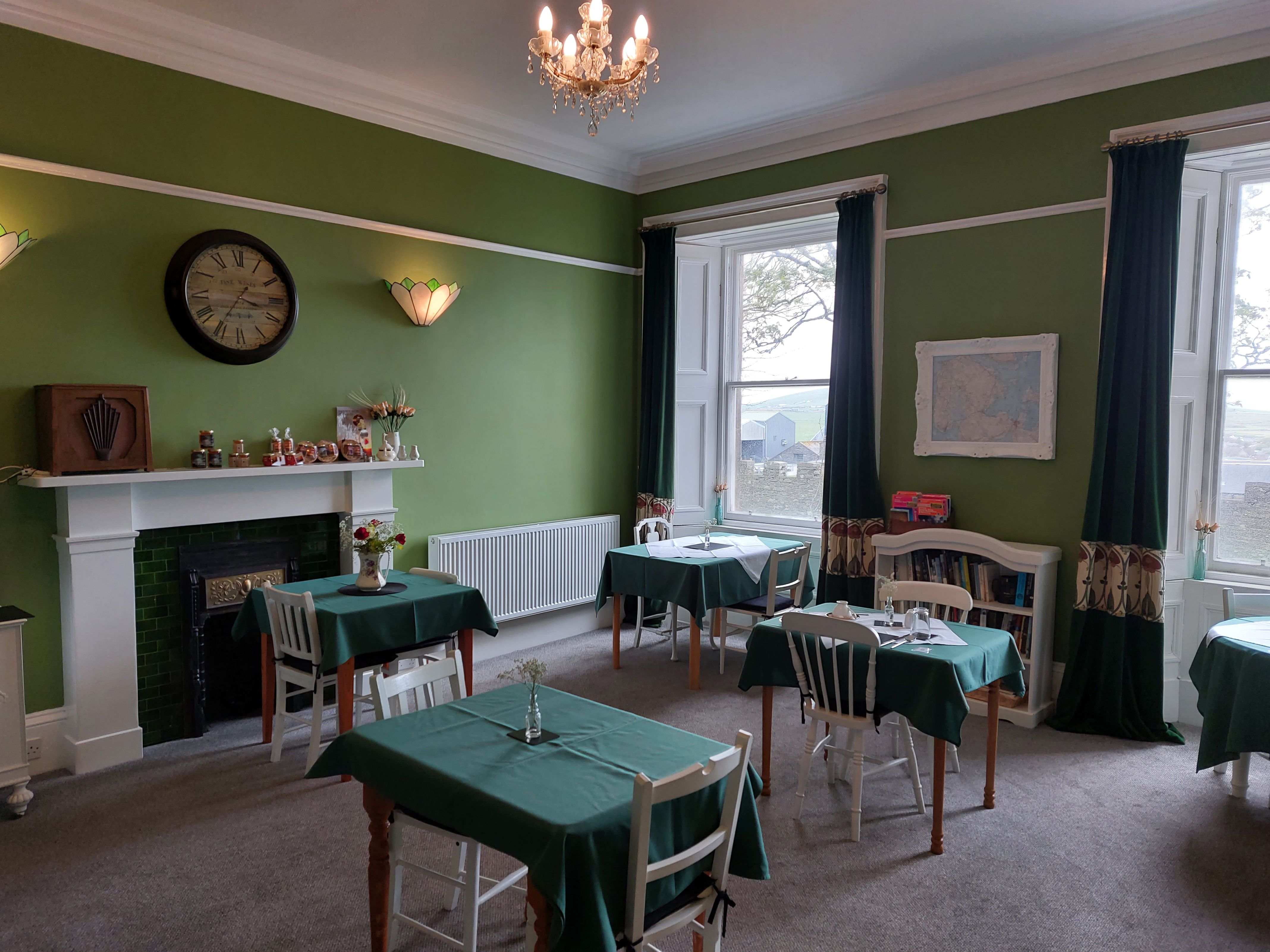
For an incomer, simply memorizing the names of the many islands, bays, monuments and mounds is a challenge. However, we did our homework and read up on the history of the place, marveling at how many stories one apparently small and remote region could throw at you.
The exploring was enhanced by the variety of wildlife around Orkney and we have seen everything from otters to humpback whales.
Seals, hares and owls are so frequently sighted that they barely warrant a mention and recently we finally got a glimpse of an orca pod, a mere fifteen minutes drive from the house.
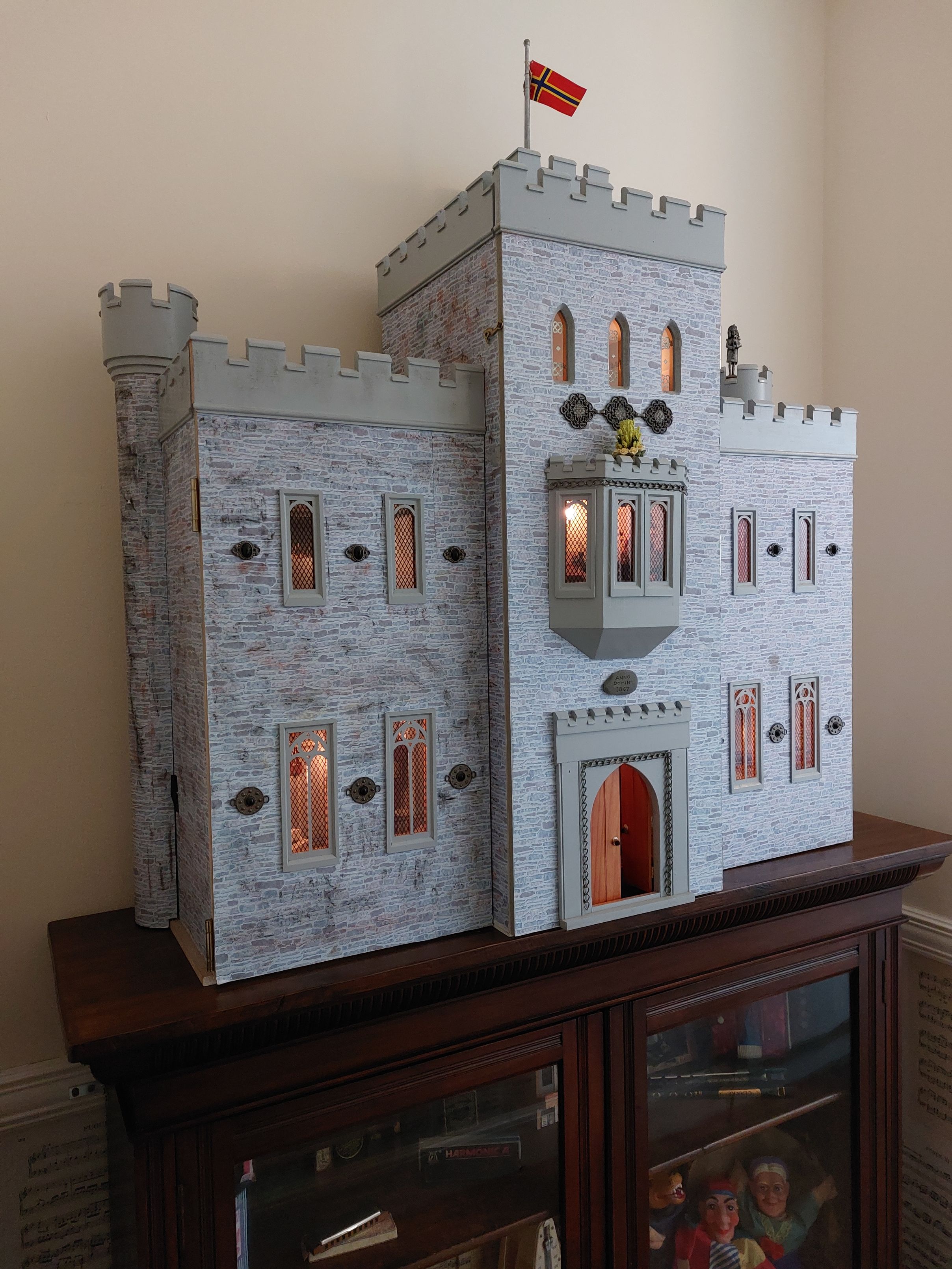
Orkney is such a rich environment historically.
Apart from being home to some of the world’s most famous Neolithic remains, the Viking legacy is everywhere too.
I knew about the story of the Royal Oak, but I had no idea until we started looking around how many impressive World war Two sites there are, each with its own memories and stories.
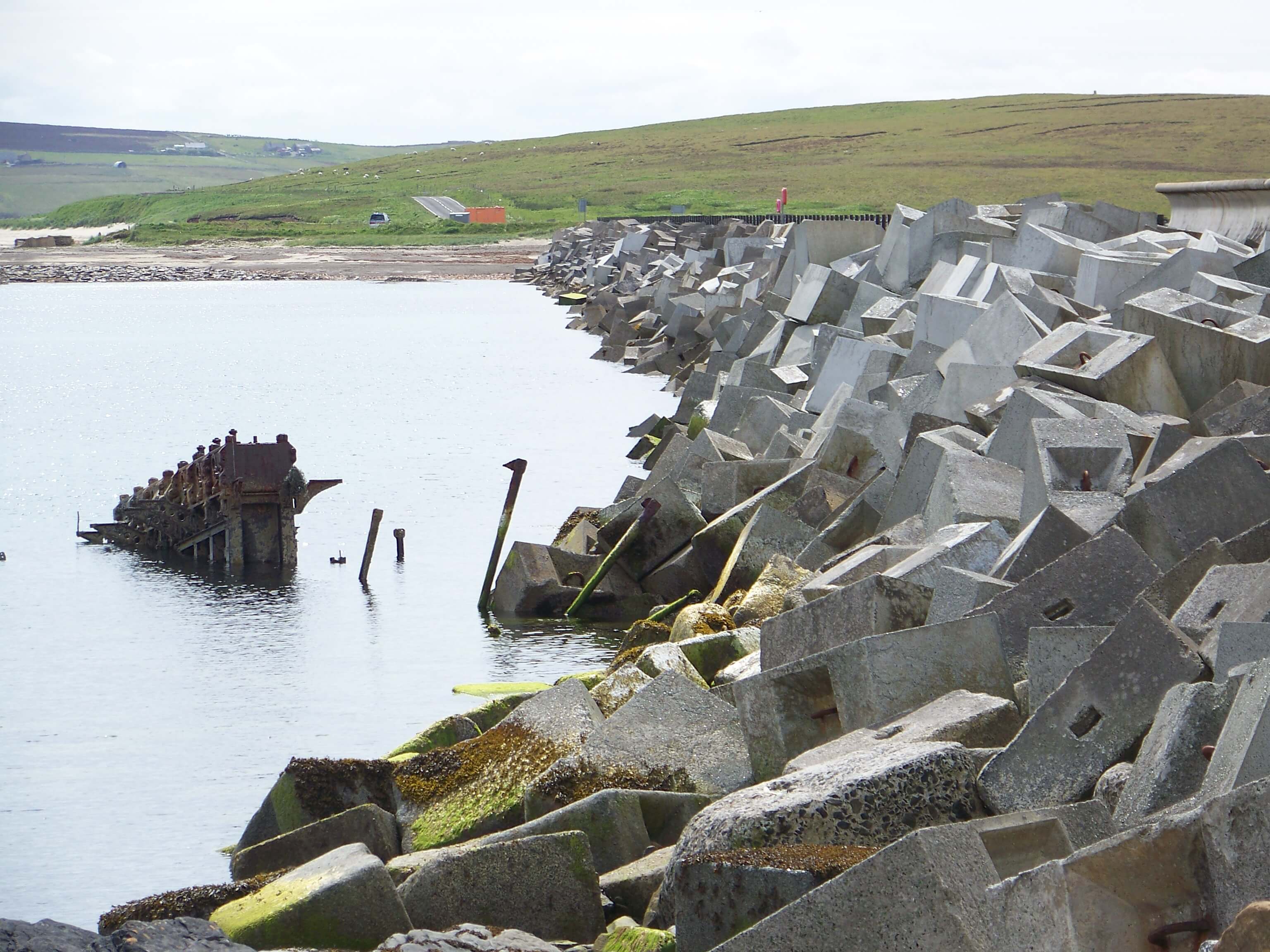
Personally, I
find the gun battery sites fascinating.
The austere designs foretell the concrete brutalist architecture of later decades and they occupy the most dramatic of settings.
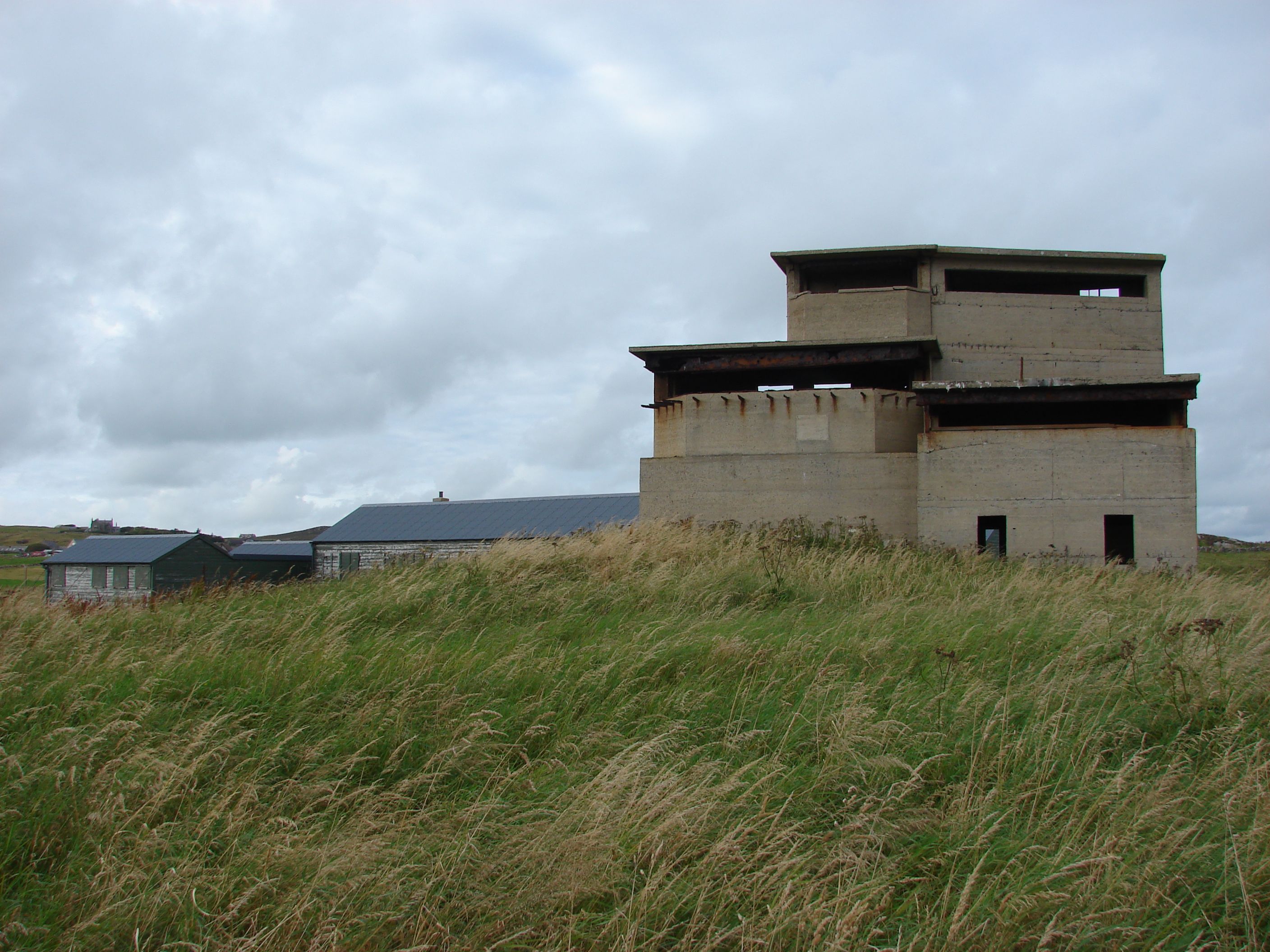
Obviously sited for their views across the water, they are a great place for nature watching and for appreciating the isolation that the servicemen must have experienced when the batteries were in operation.
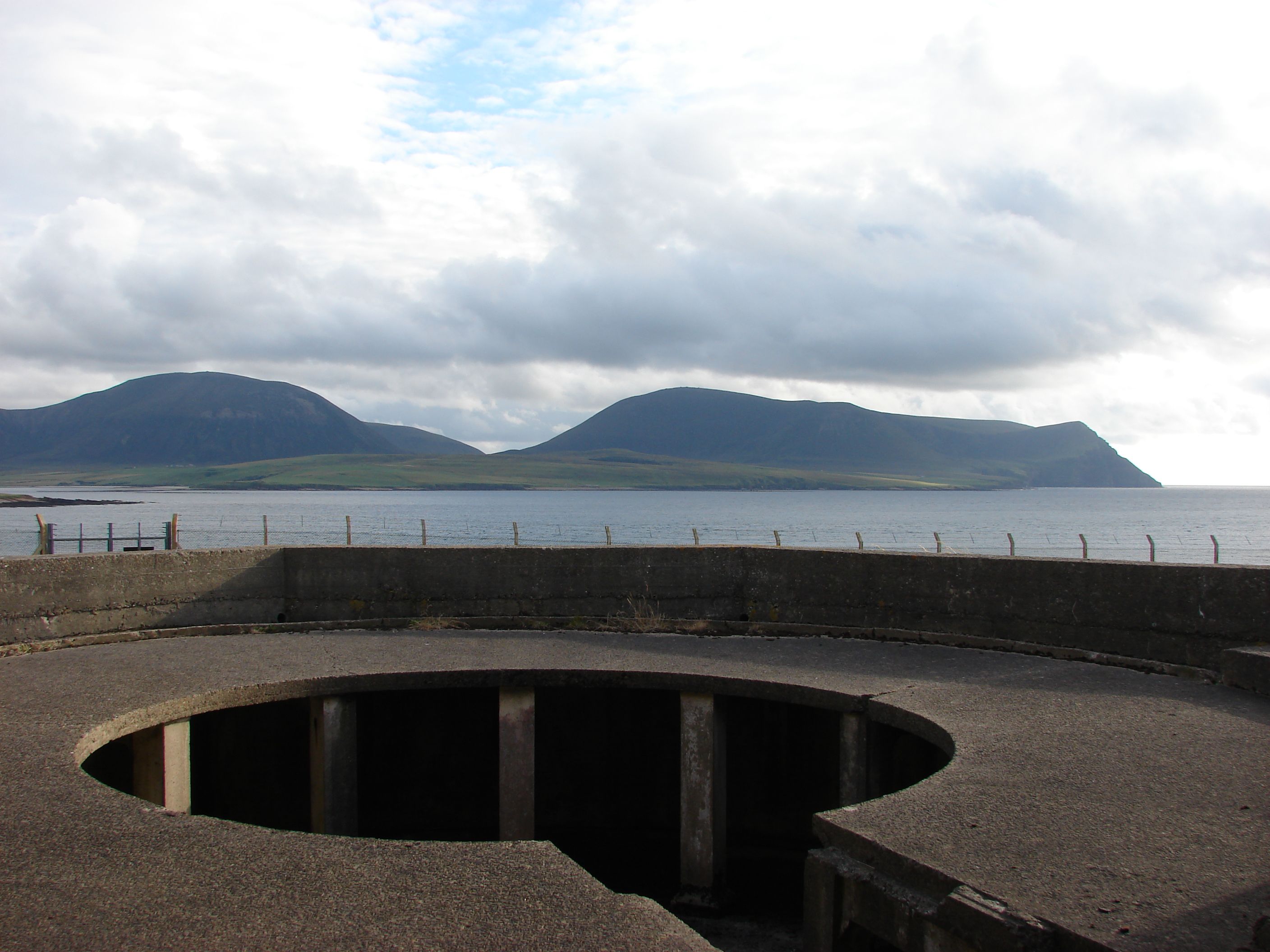
I would recommend a visit to the Ness Battery just outside of Stromness. Historian Andrew Hollinrake will take you on a fascinating and informative tour, culminating in a visit to a remarkably preserved hut, complete with murals painted during the war presumably to comfort the squaddies stationed such a long way from home.
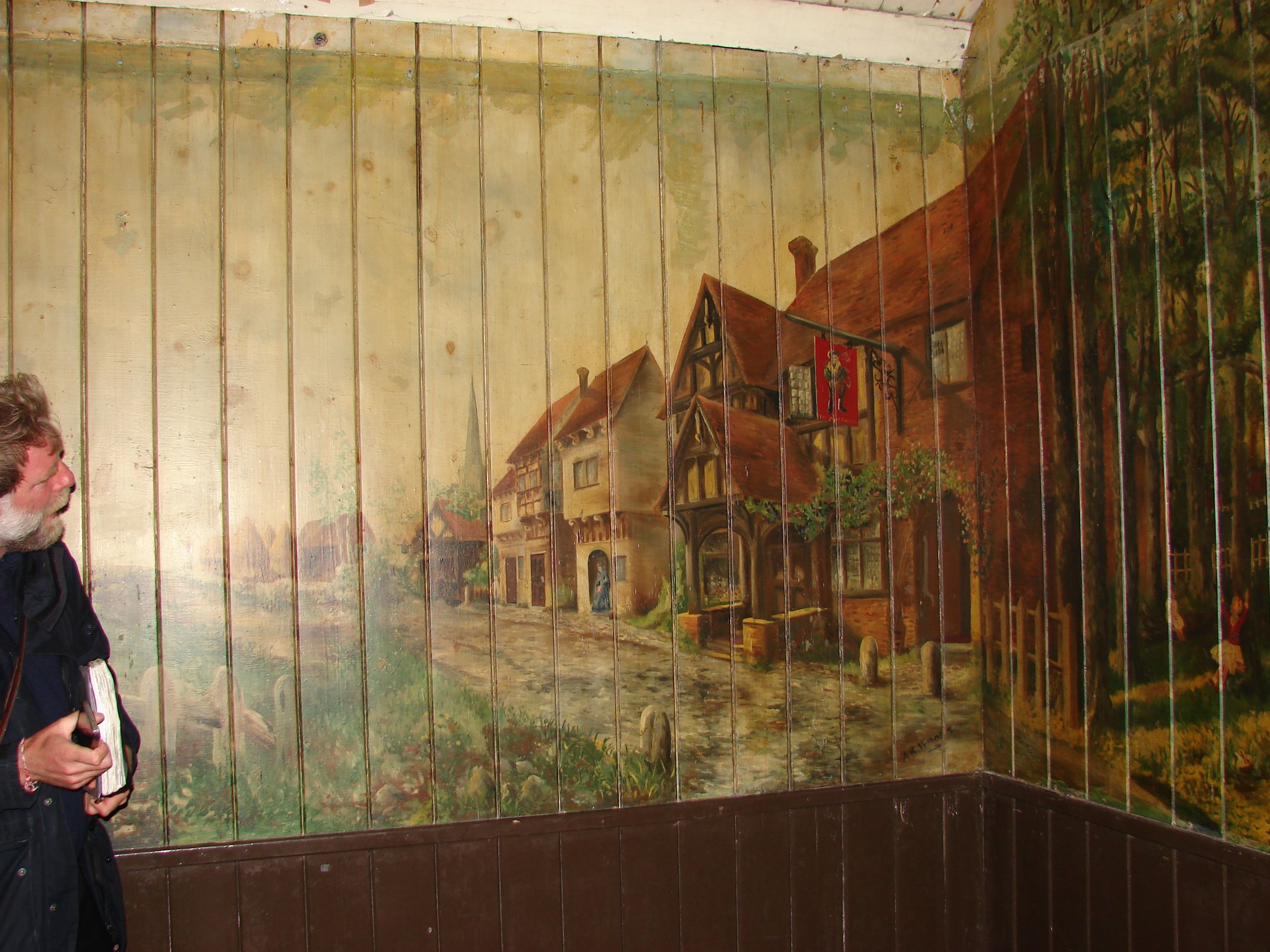
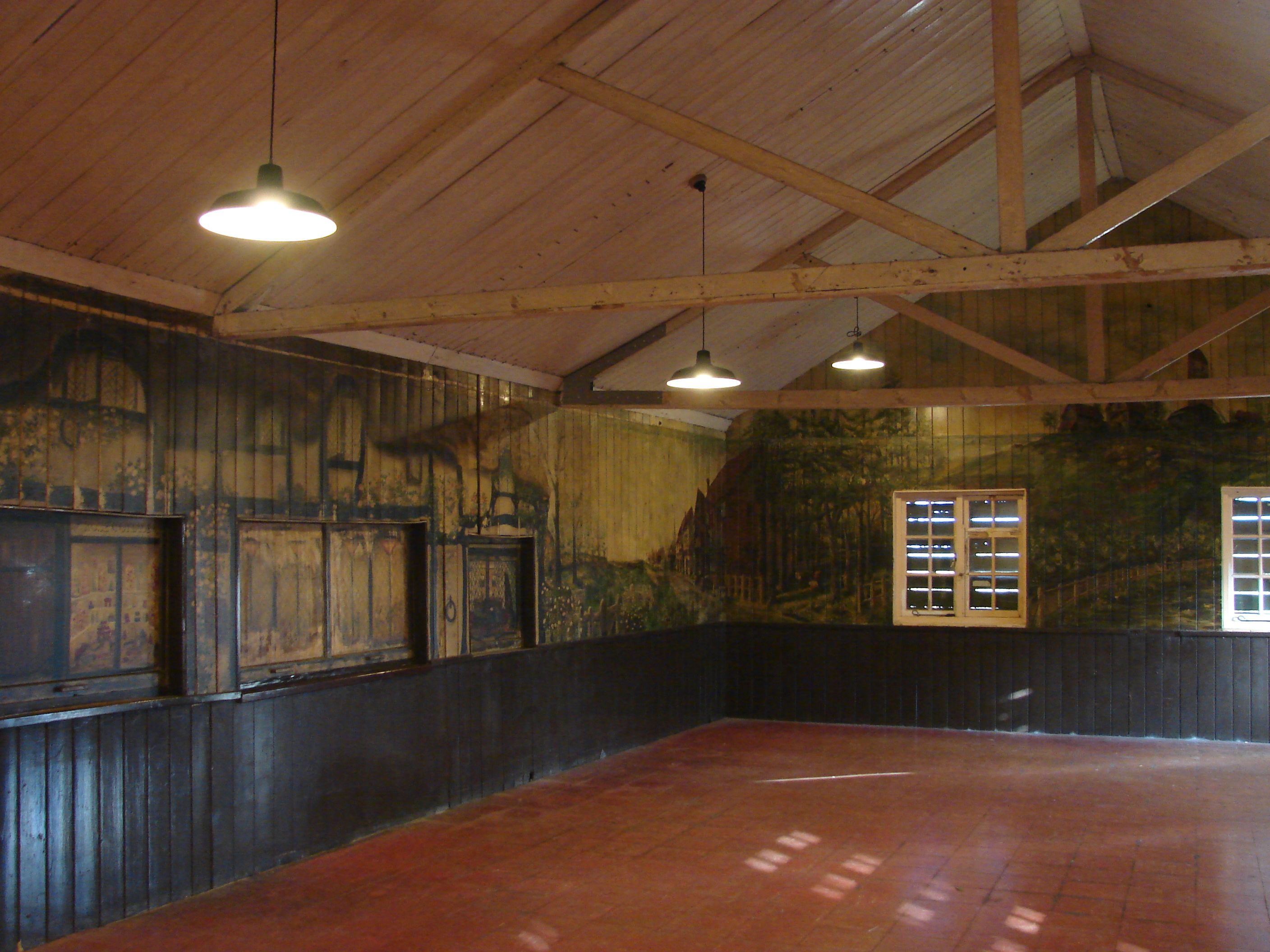
At times, Fionn and Dylan (our older sons) have joined us to help with further renovations while working as tour guides at the Highland Park distillery.
Fionn was barely off the boat when he was poached from us by the Distillery team. I suspect he couldn’t quite believe his luck at first.
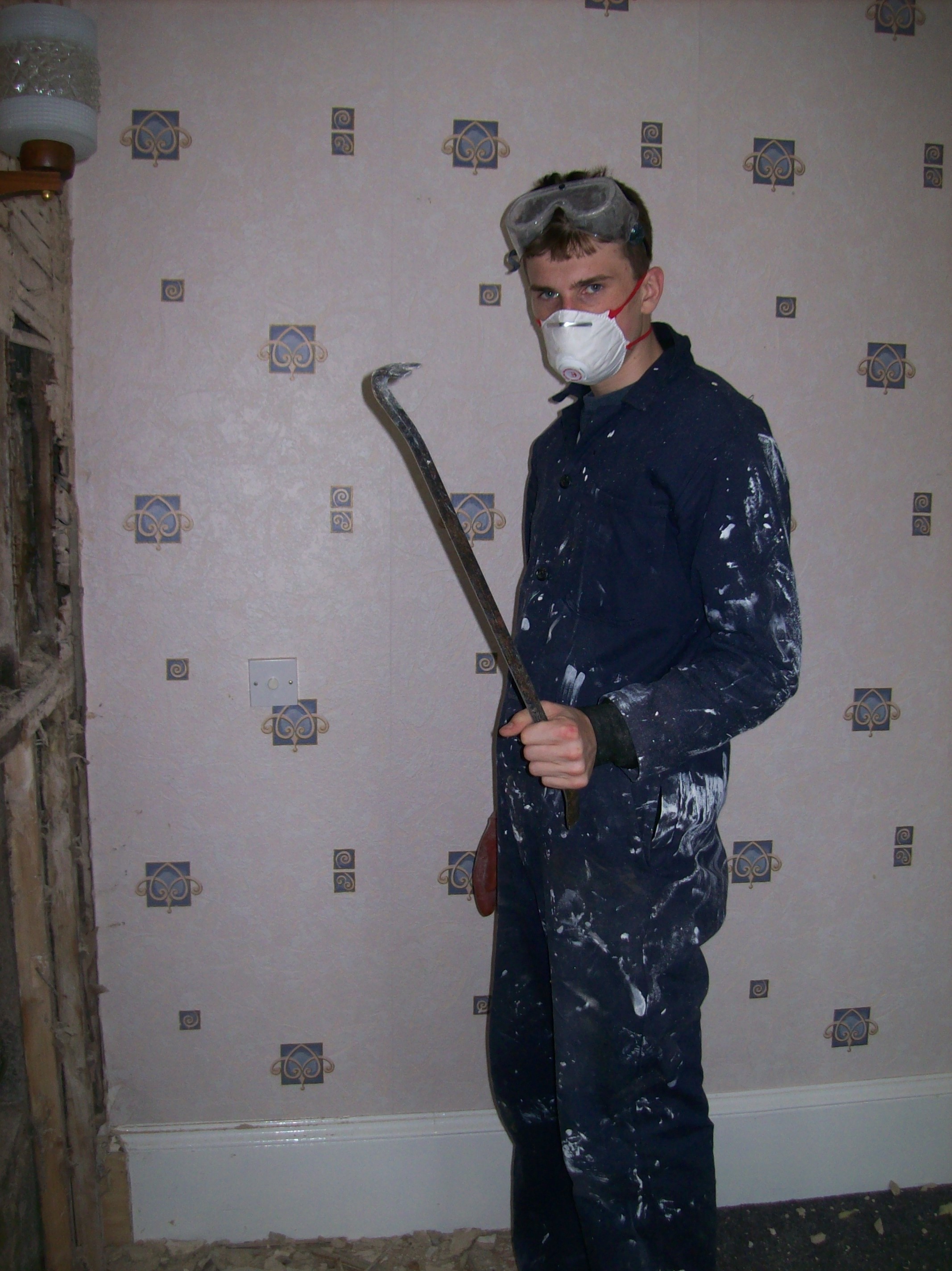
Dylan immersed himself in the traditional music scene and even now uses his technical theatre and lighting expertise to help out The Chair (arguably Orkney’s best known band) when they play live.
So, nearly eight years on – where are we?
Despite the pandemic, Highland Park House is thriving and looking better than ever.
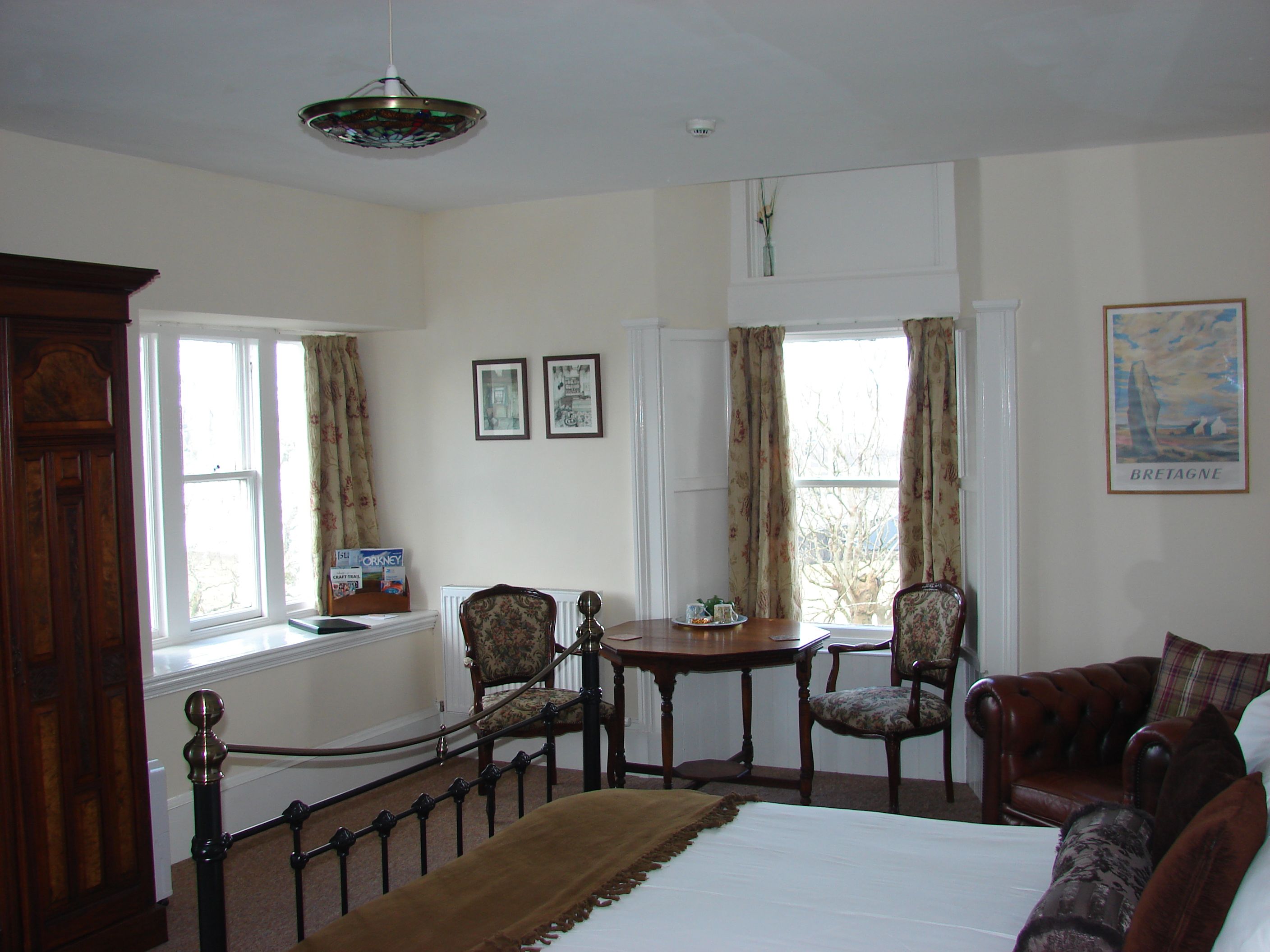
Each year we have developed and improved the facilities and sourced the best ingredients for our breakfasts. We know the eggs are fresh because Highland Park House has its own hens and ducks.
It has been a pleasure building up relationships with excellent local providers of meats, fish and preserves.
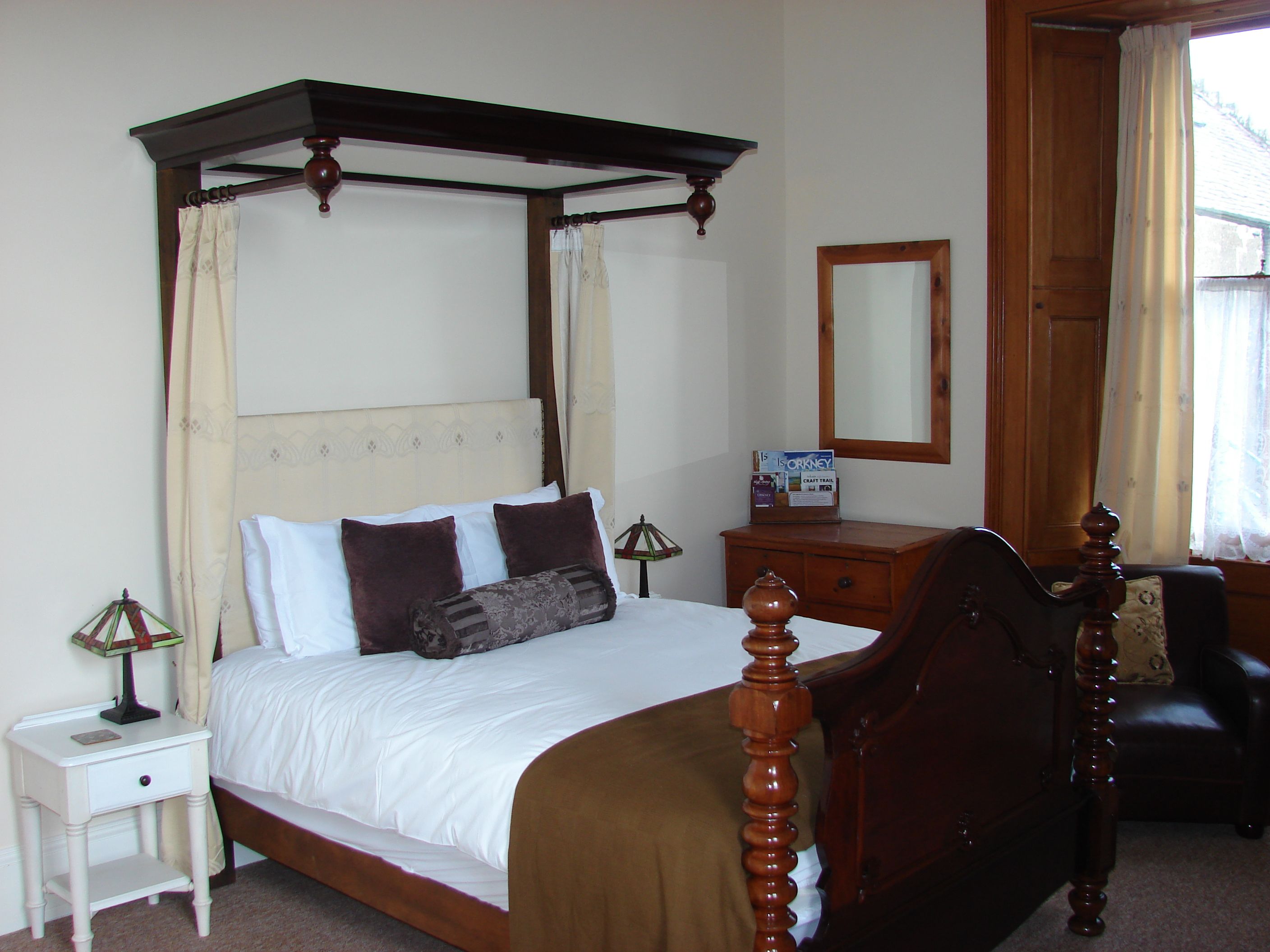
The business has clearly been successful as our many glowing reviews will testify but more than that, we feel that Orkney has become our home and that we have become settled and contributing members of the community.
Áine has established herself as a writer and storyteller in Orkney. She has directed theatre productions and performed here.
During the lockdown, she created both a radio play and a pantomime involving many local performers who recorded their parts separately. The results were carefully edited together and then broadcast on BBC Radio Orkney.
Somehow, she still makes time to produce her own work which has been broadcast and published internationally.
All of this while keeping me in order, tending the chickens and producing some of the best breakfasts around.
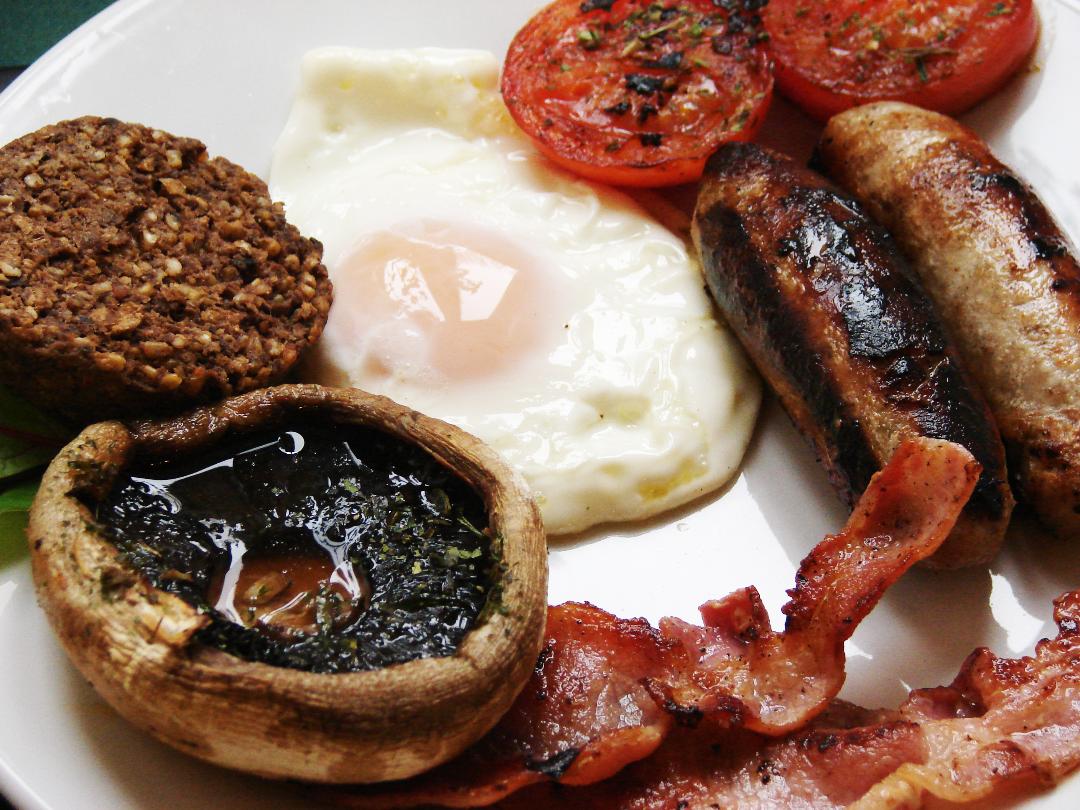
I am still teaching and I am producing my own art work, with an exhibition scheduled for Orkney Museum next year.
I have made many friends in the Orkney traditional music scene and I have established a song club which has run successfully for four years, building up a strong following.
Two years ago, I qualified as a Scottish Tourist Guide Green Badge holder. Plans to develop this side of the business have been put on hold because of the pandemic, but I am looking forward to offering tours to our guests and others.
Guiding visitors in Orkney is a lovely thing to do, because the place has so much to give and there are so many stories to tell. It’s really not hard to fill a day with great experiences.
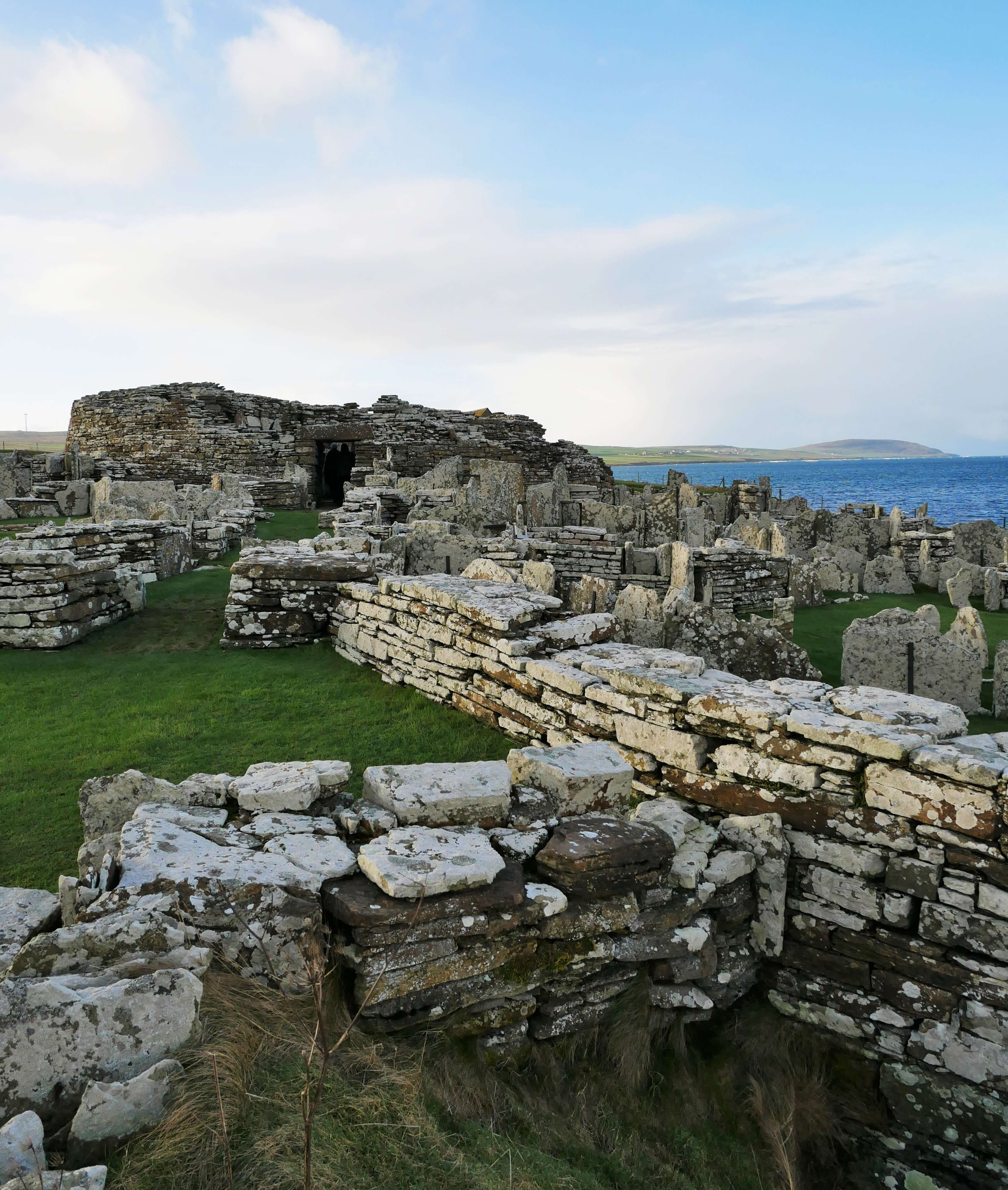
So, in less than a decade, we have established a business and turned our hands to many things (my DIY skills have improved no end).
It has been a very different experience from the life we expected and I’m sure that Orkney will have many more surprises for us yet.
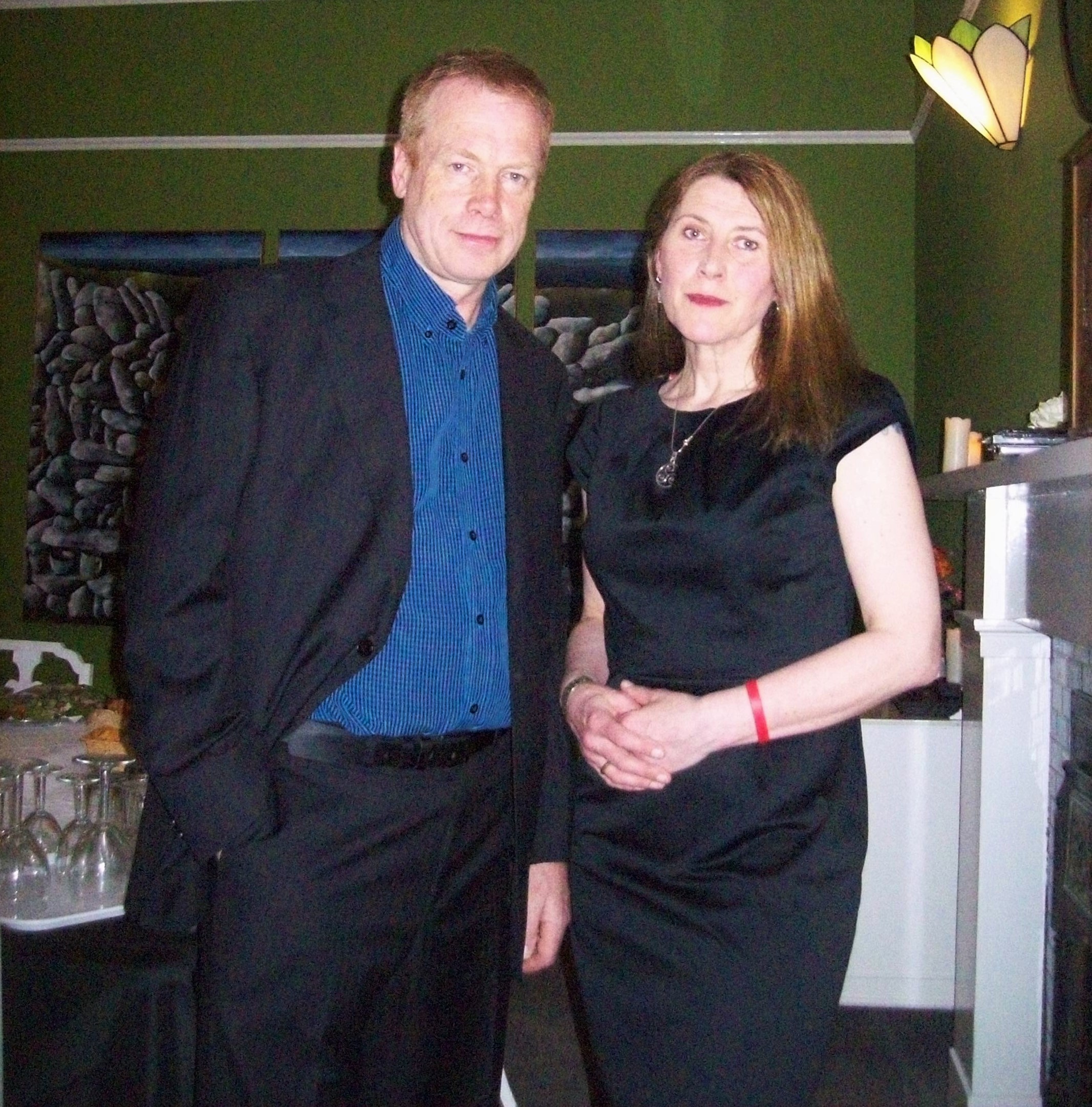
Contact Antony and Áine:
Hire Antony for an Orkney tour

